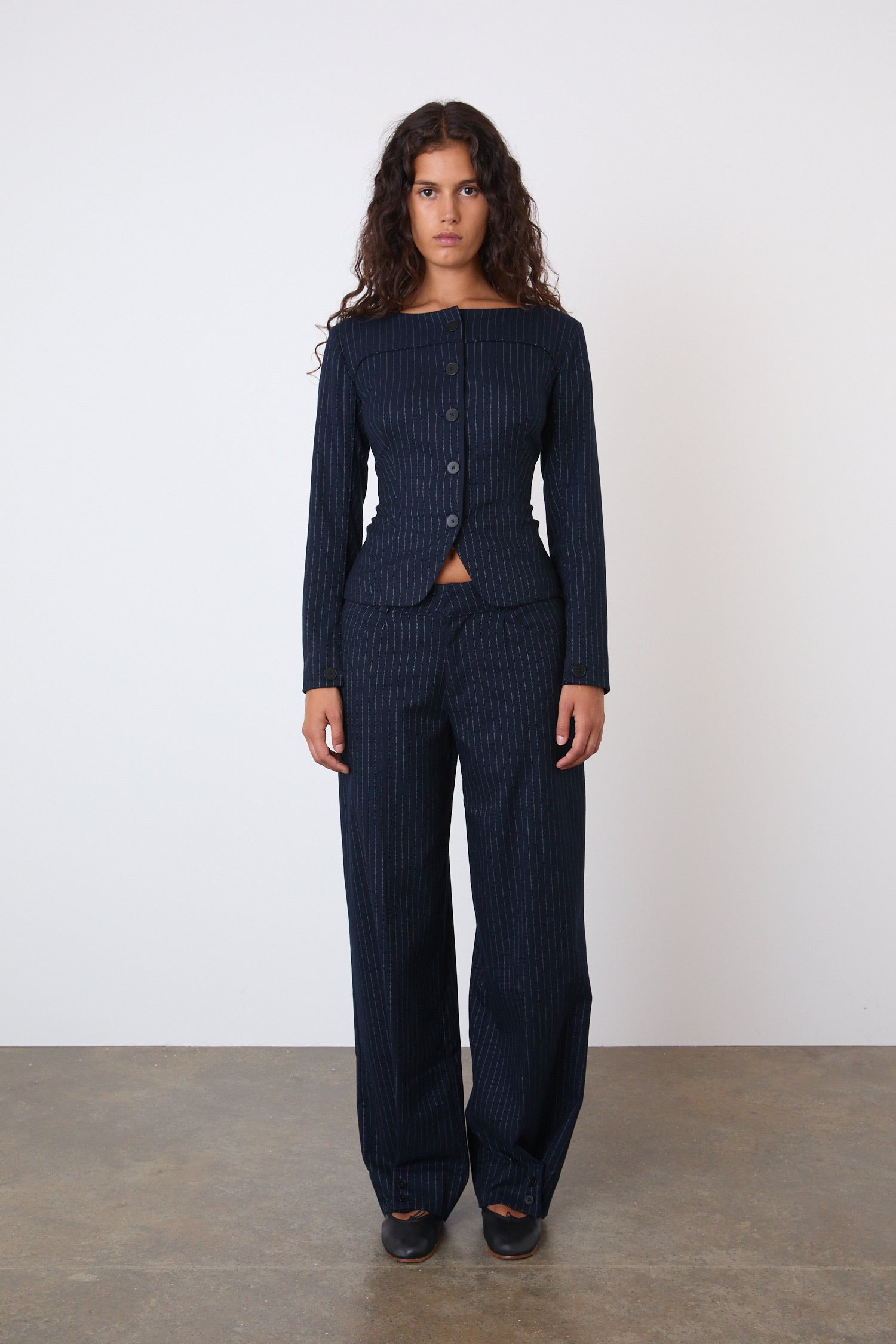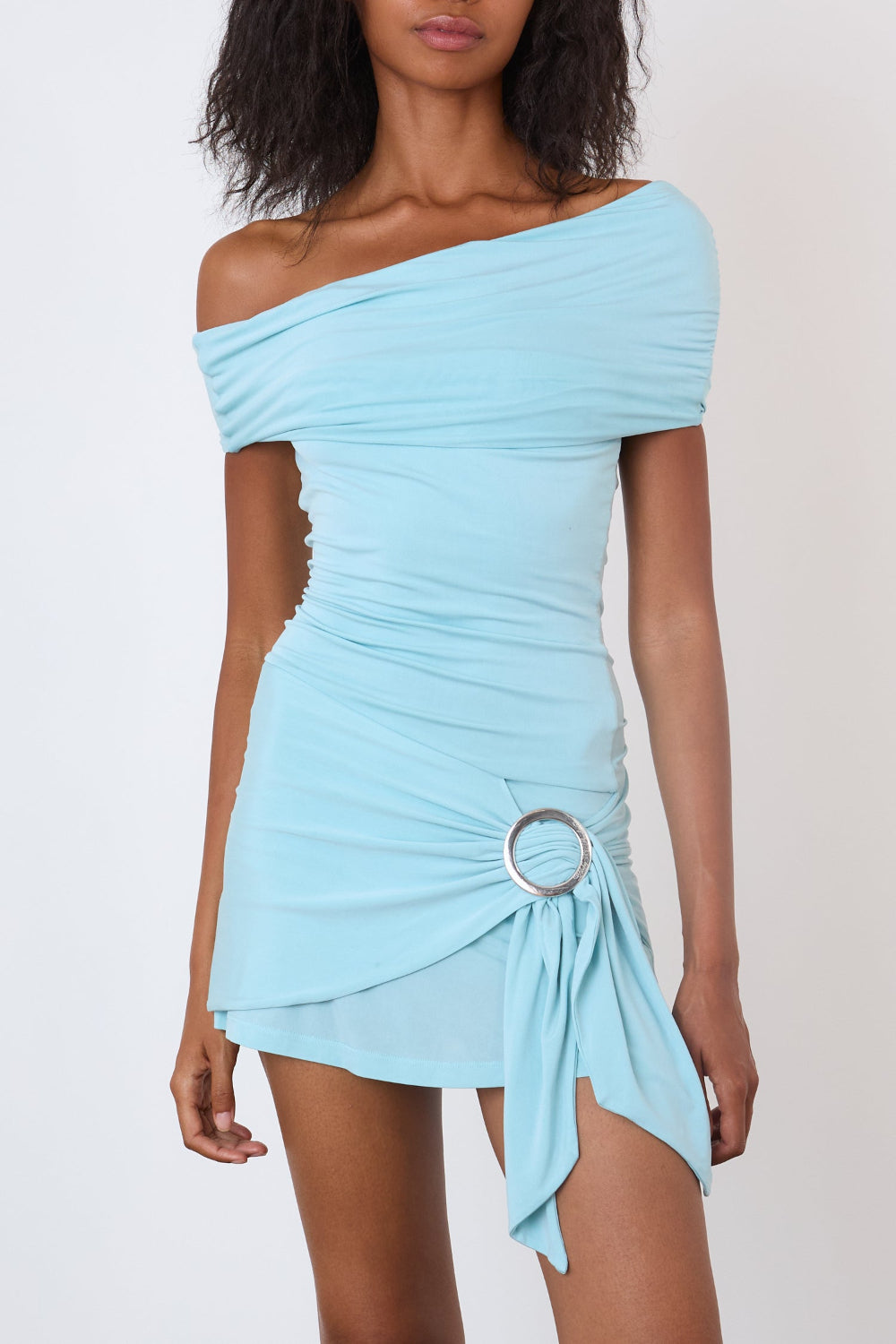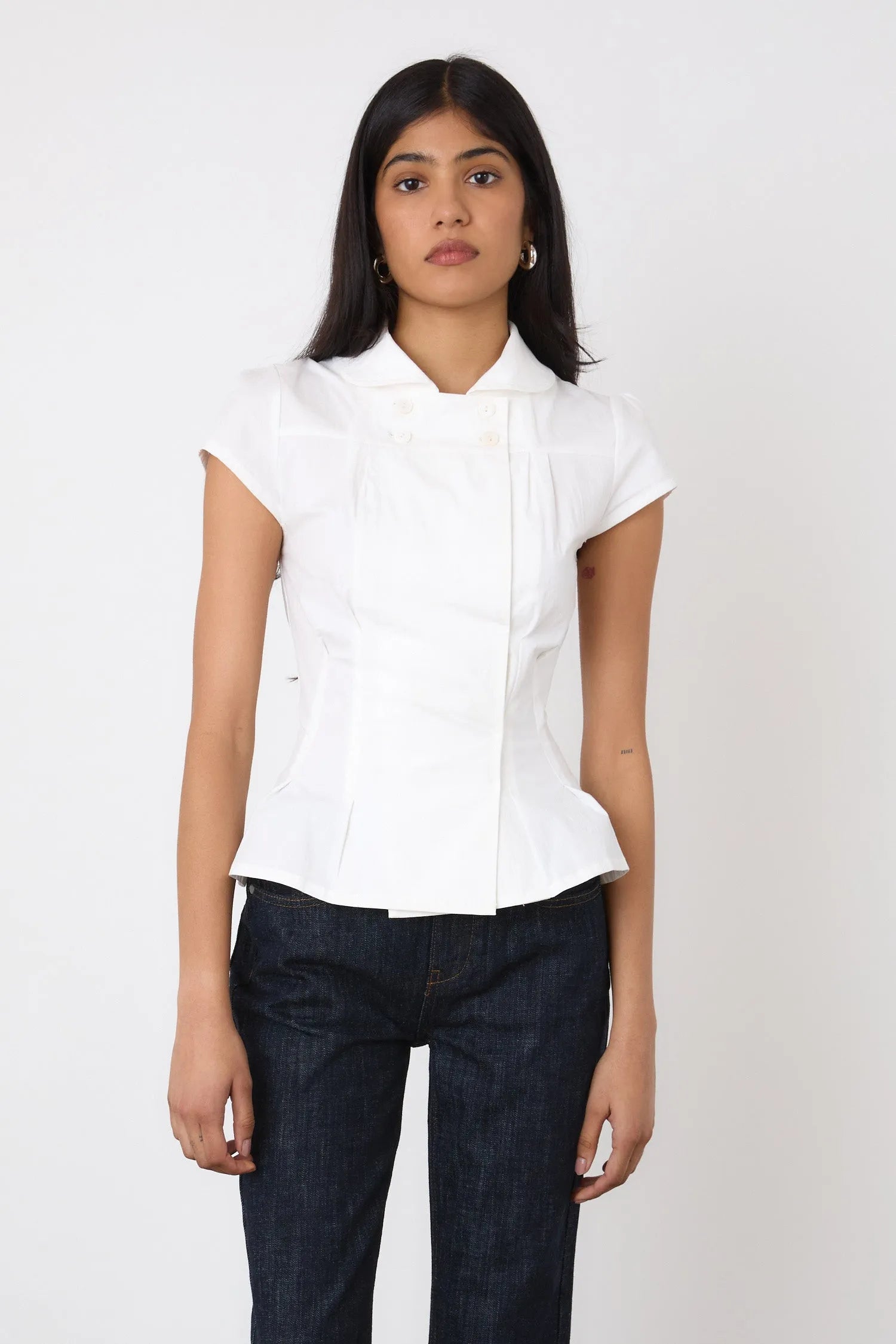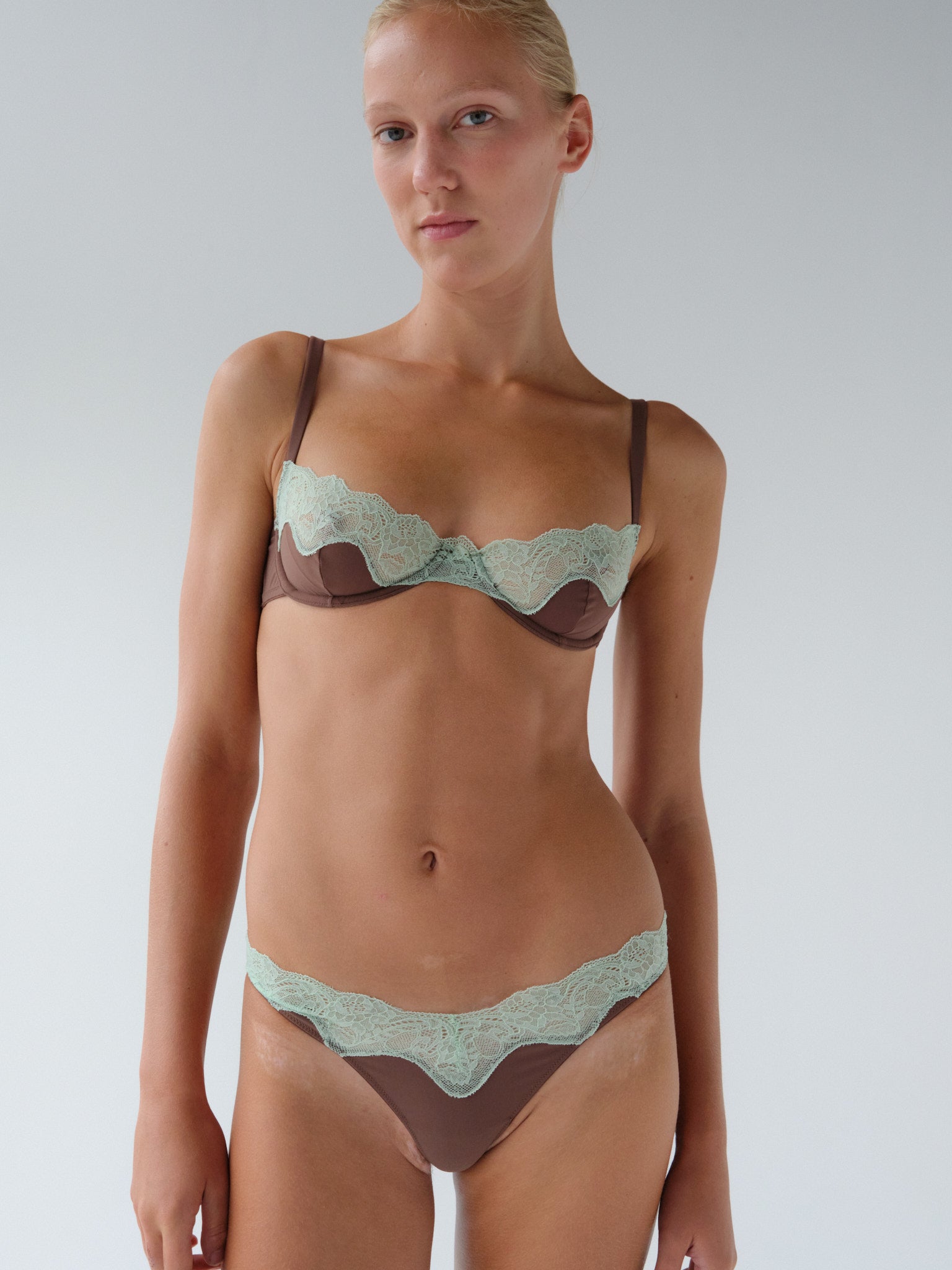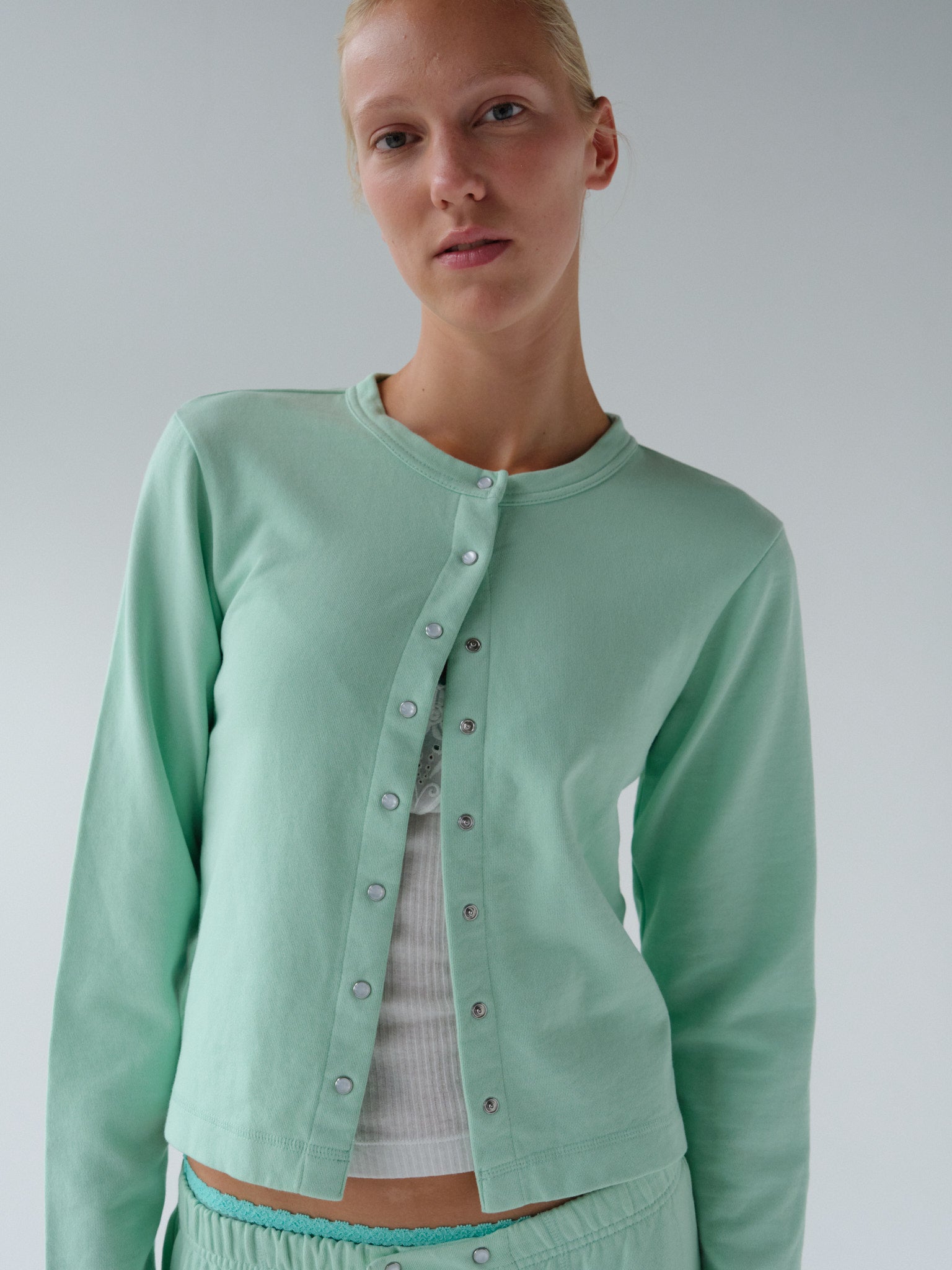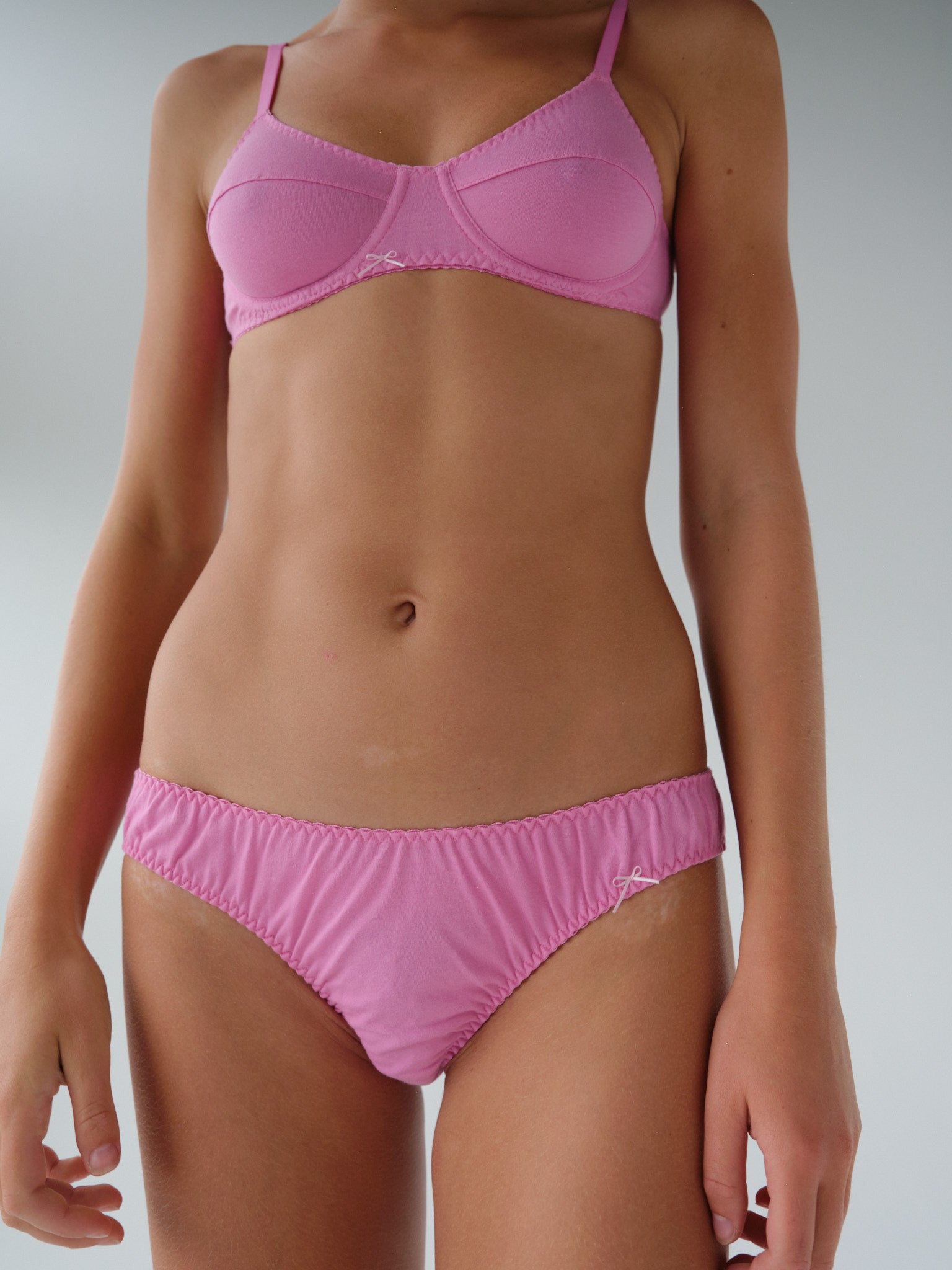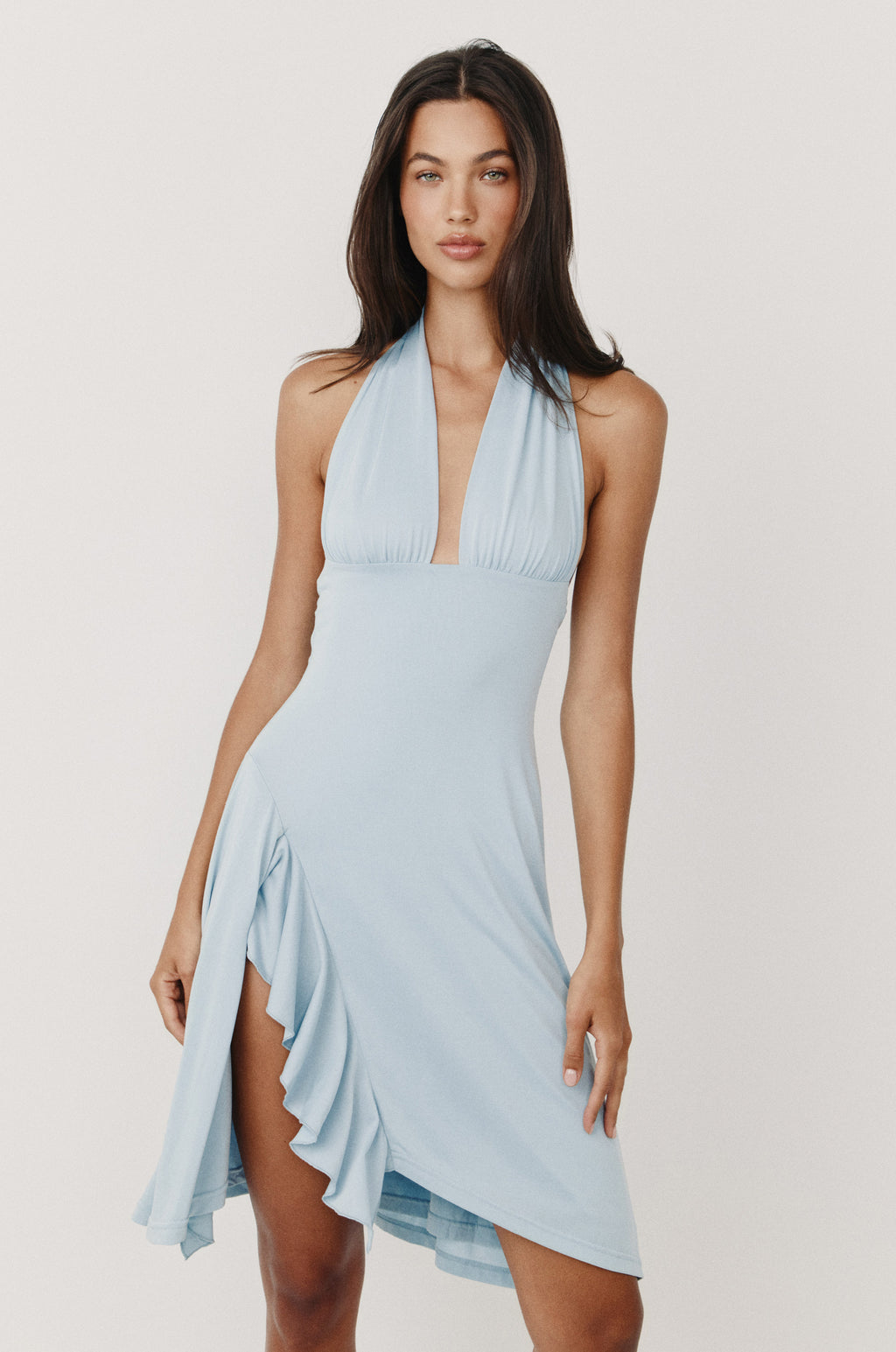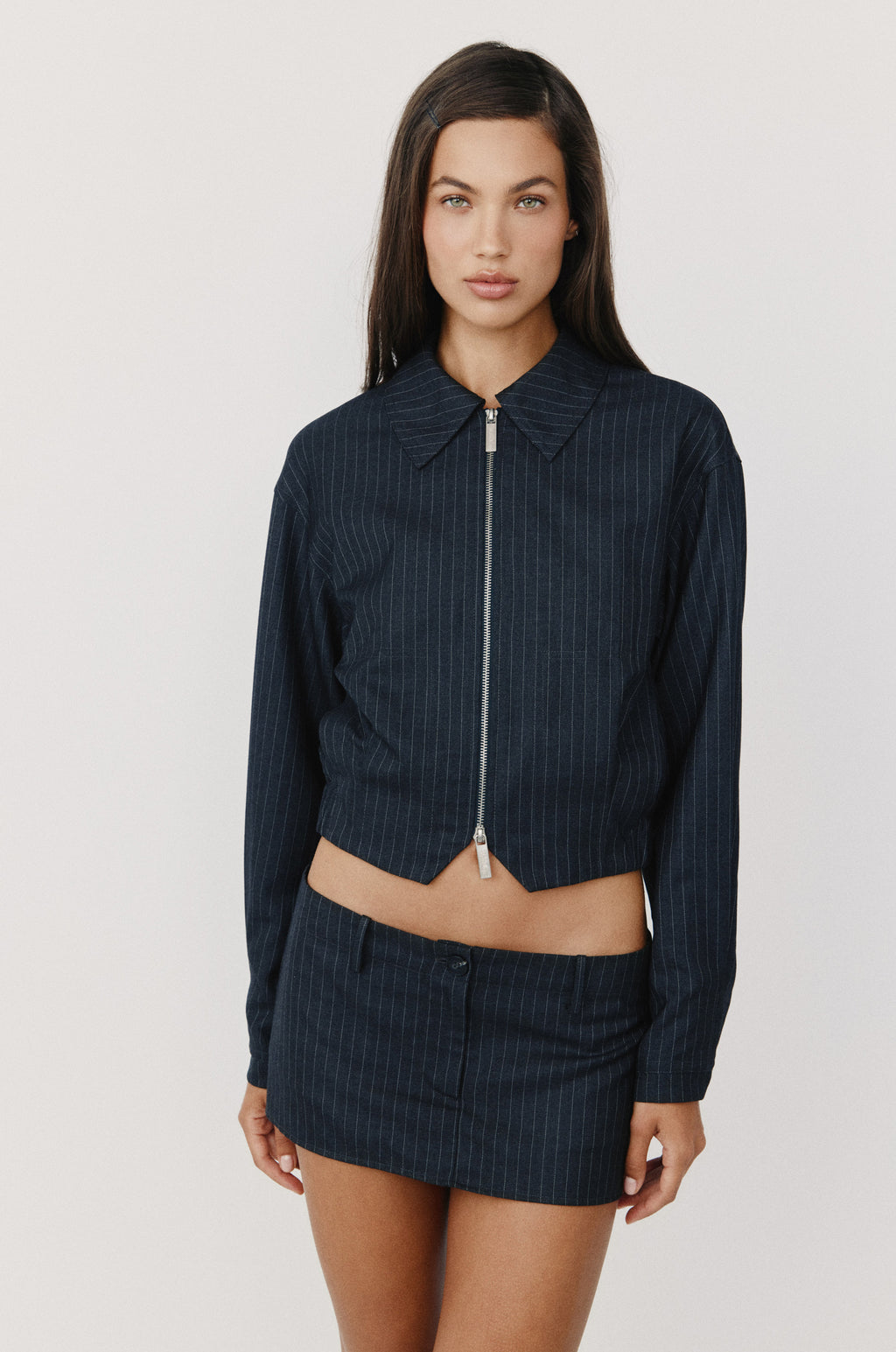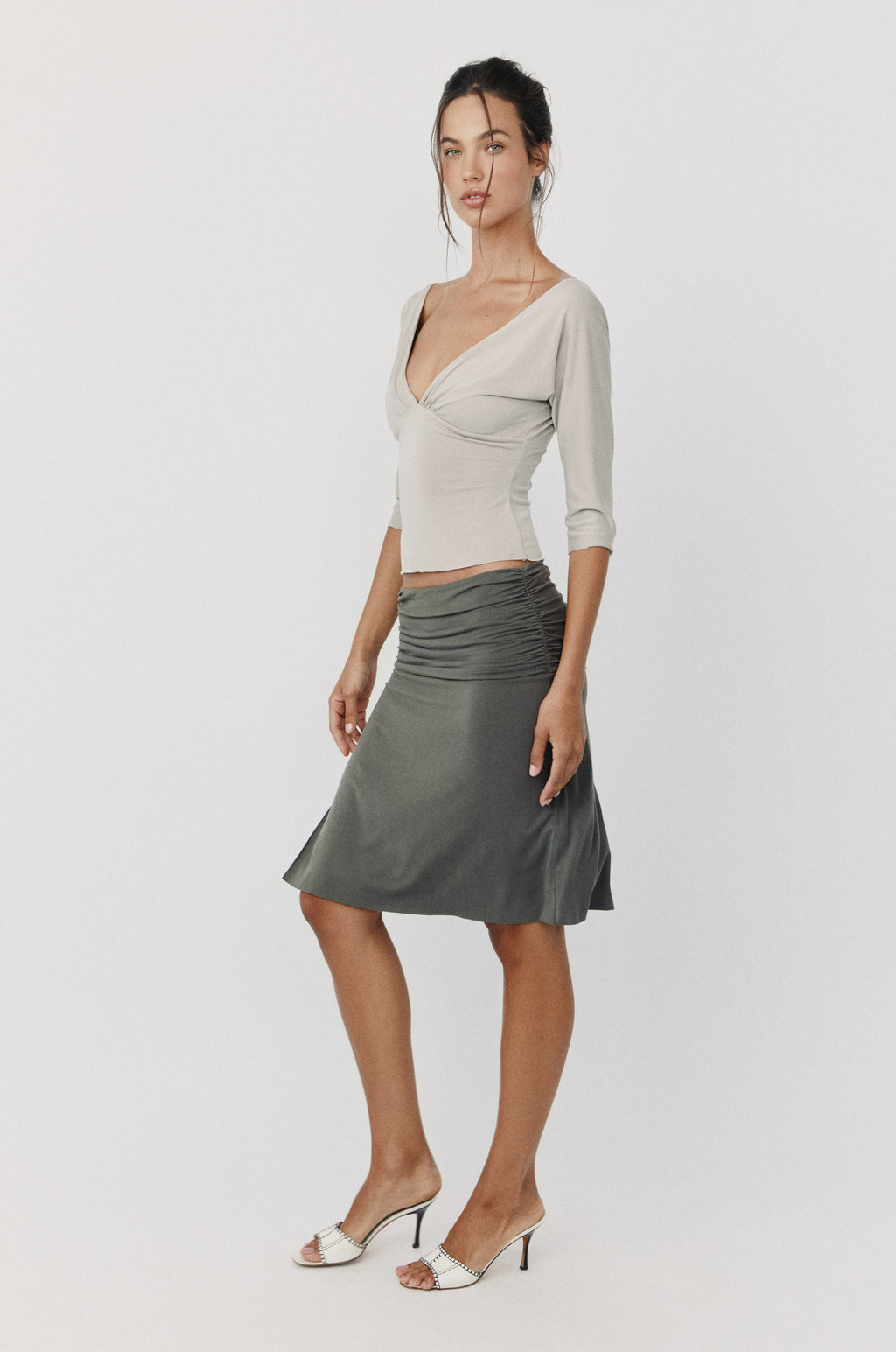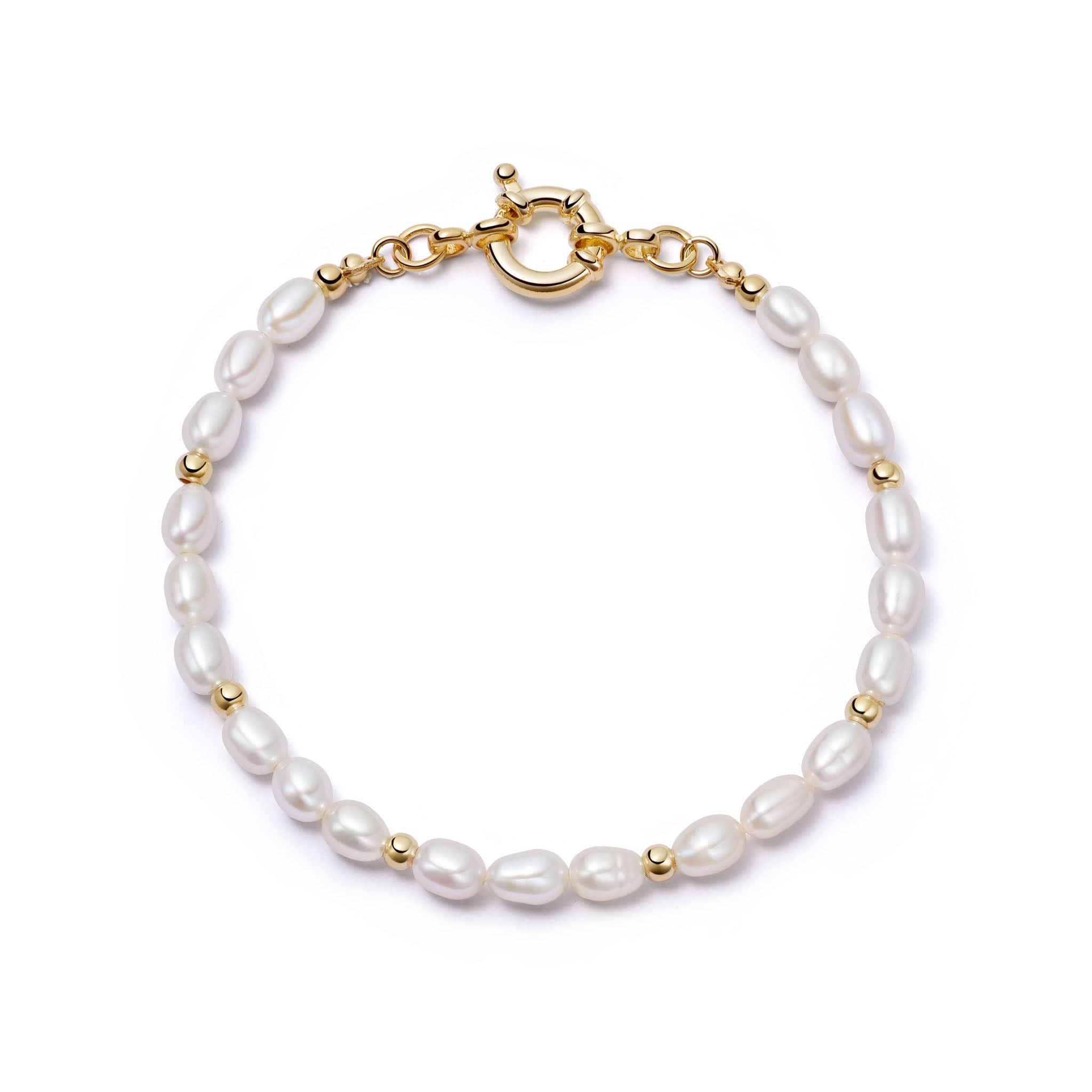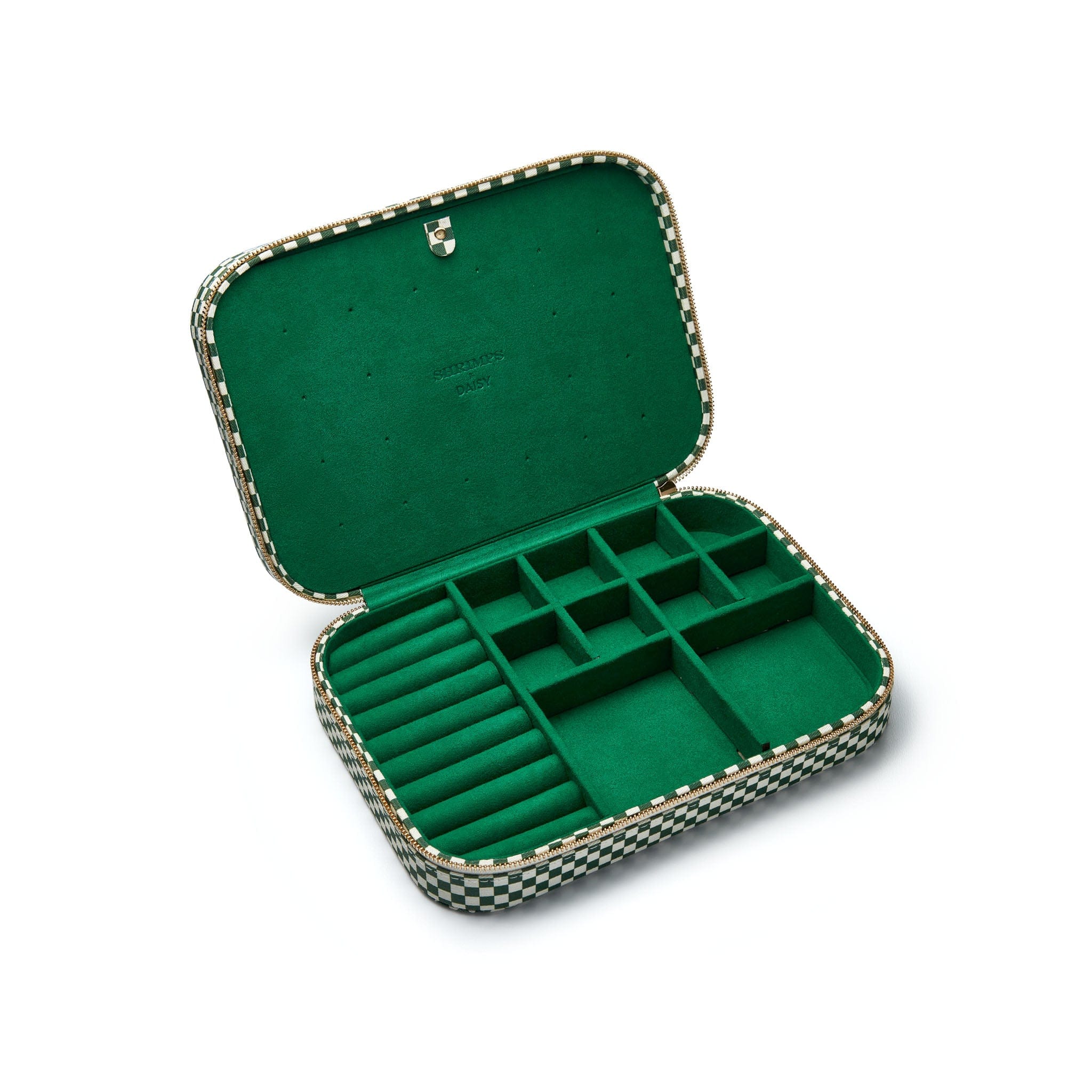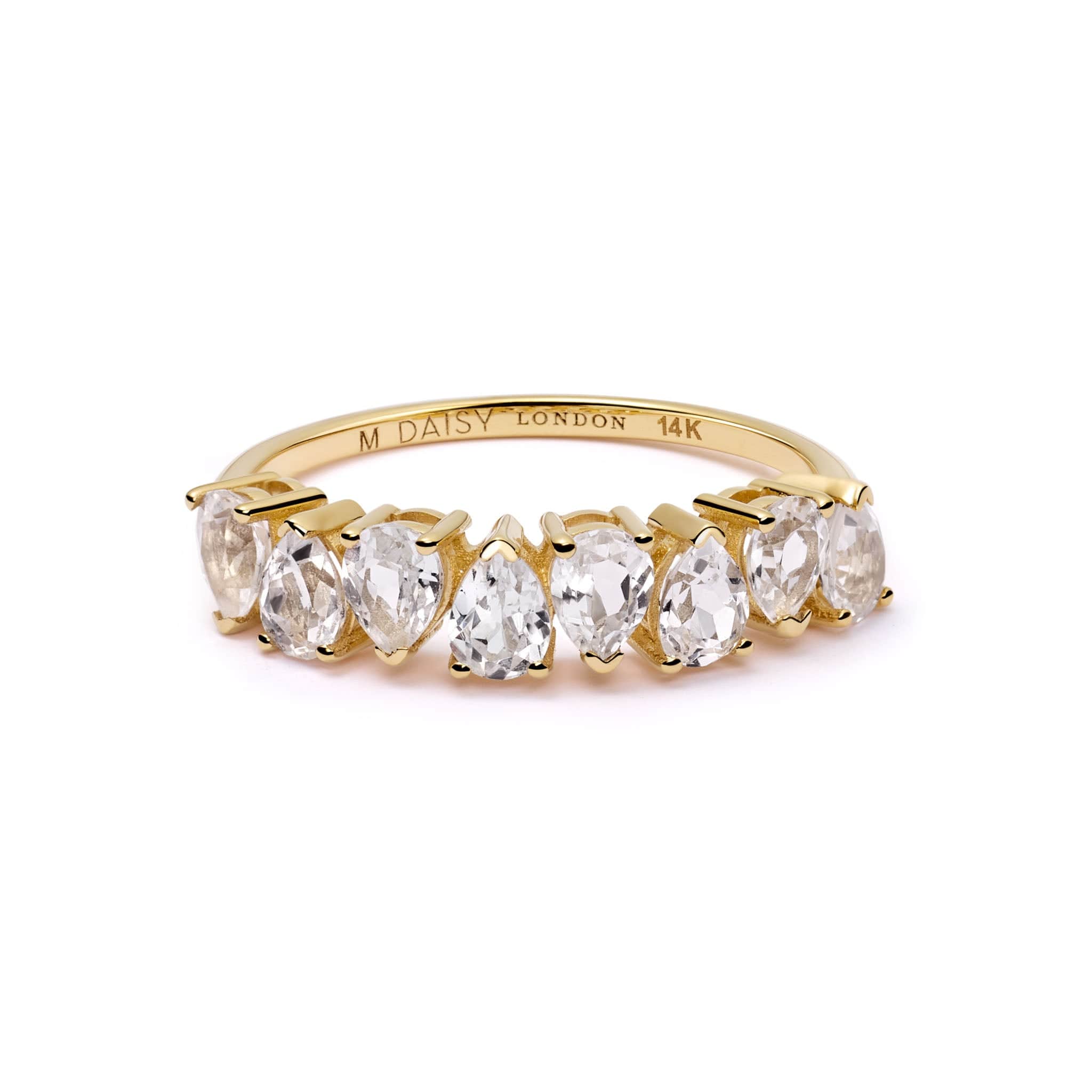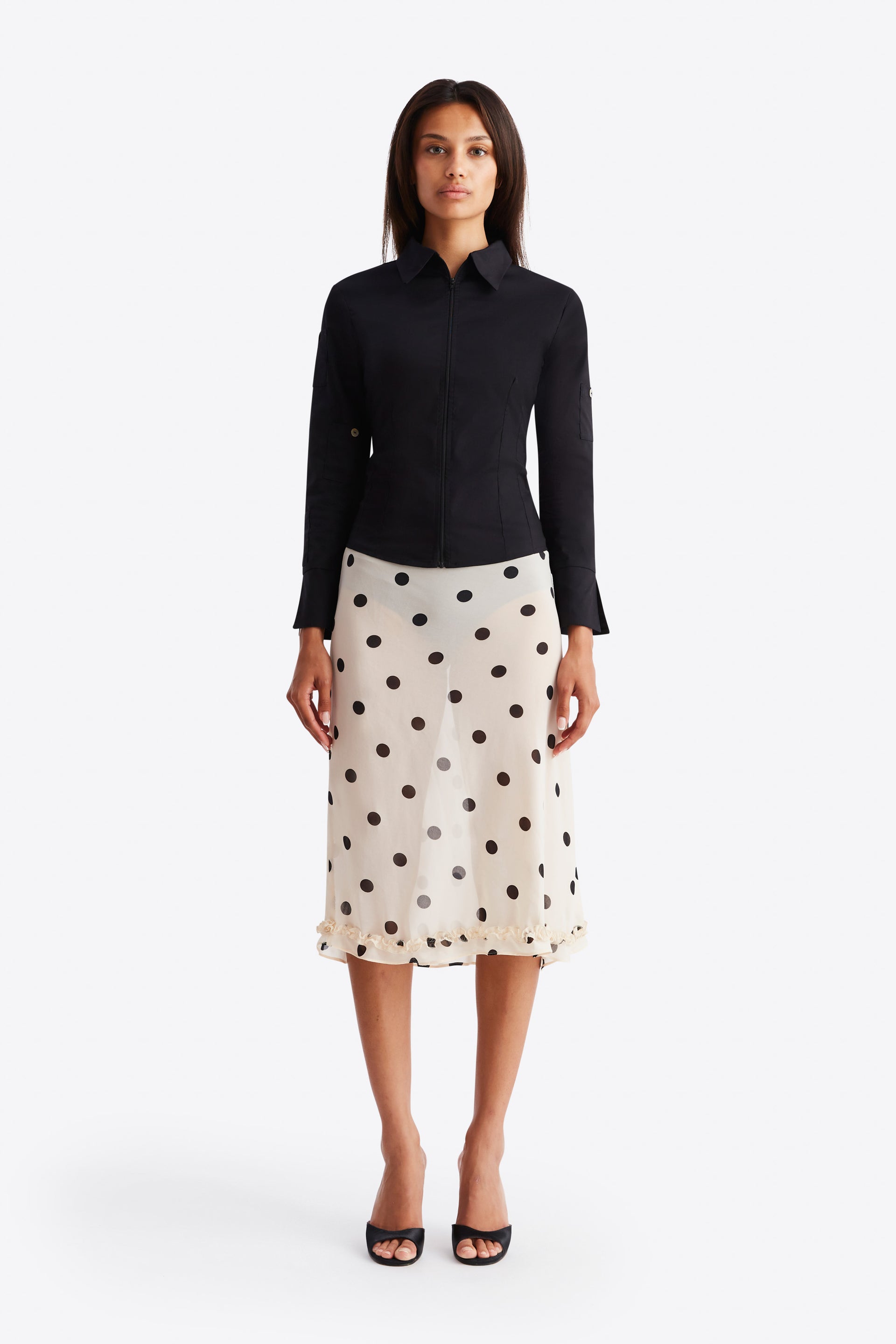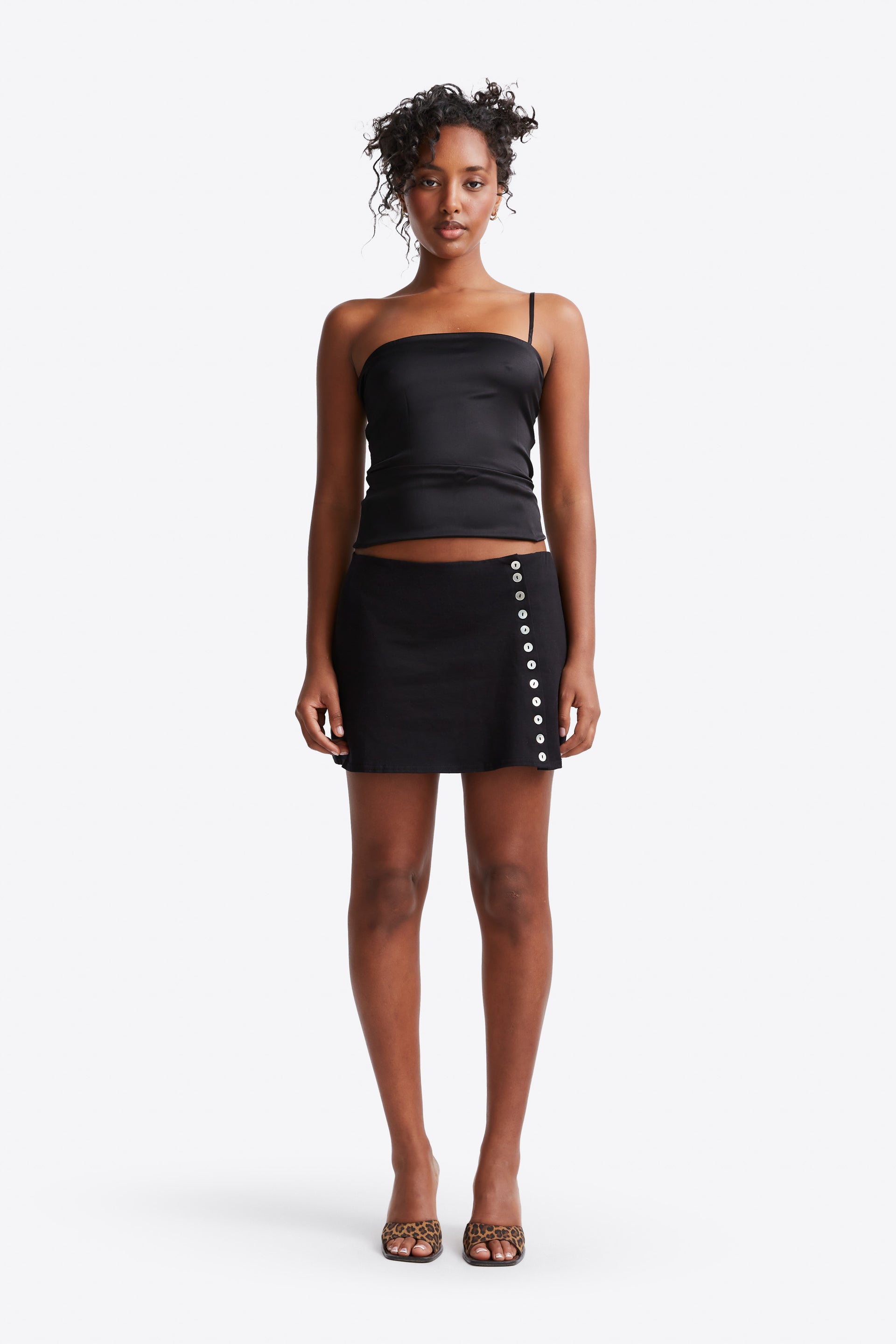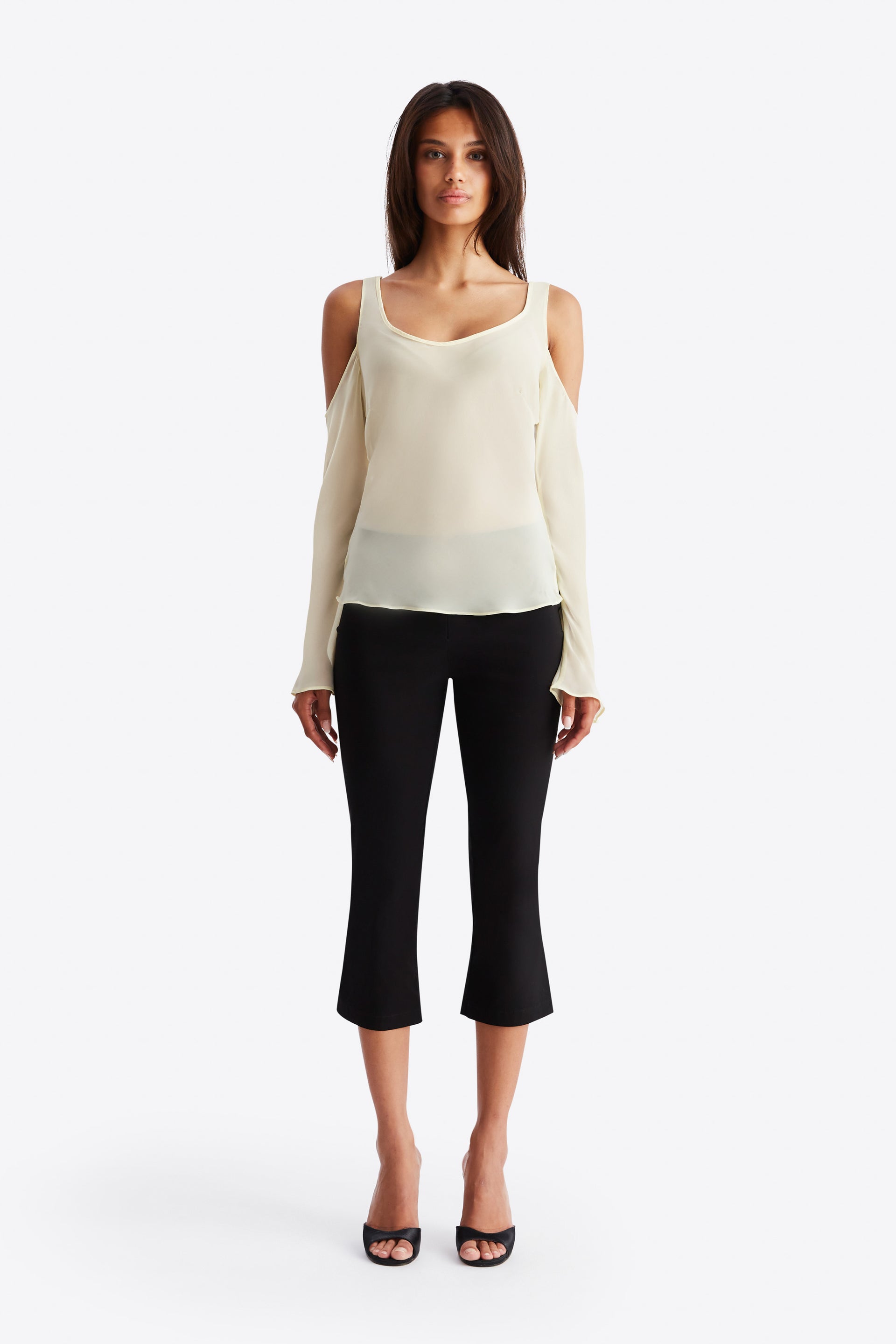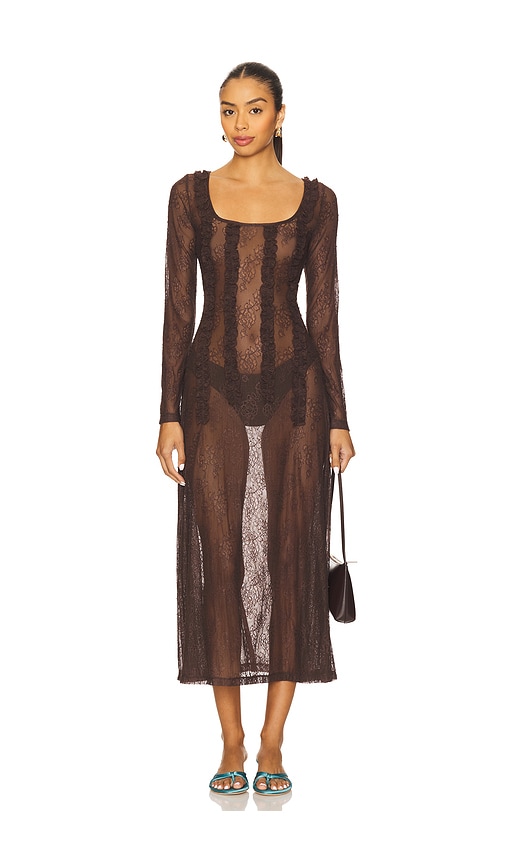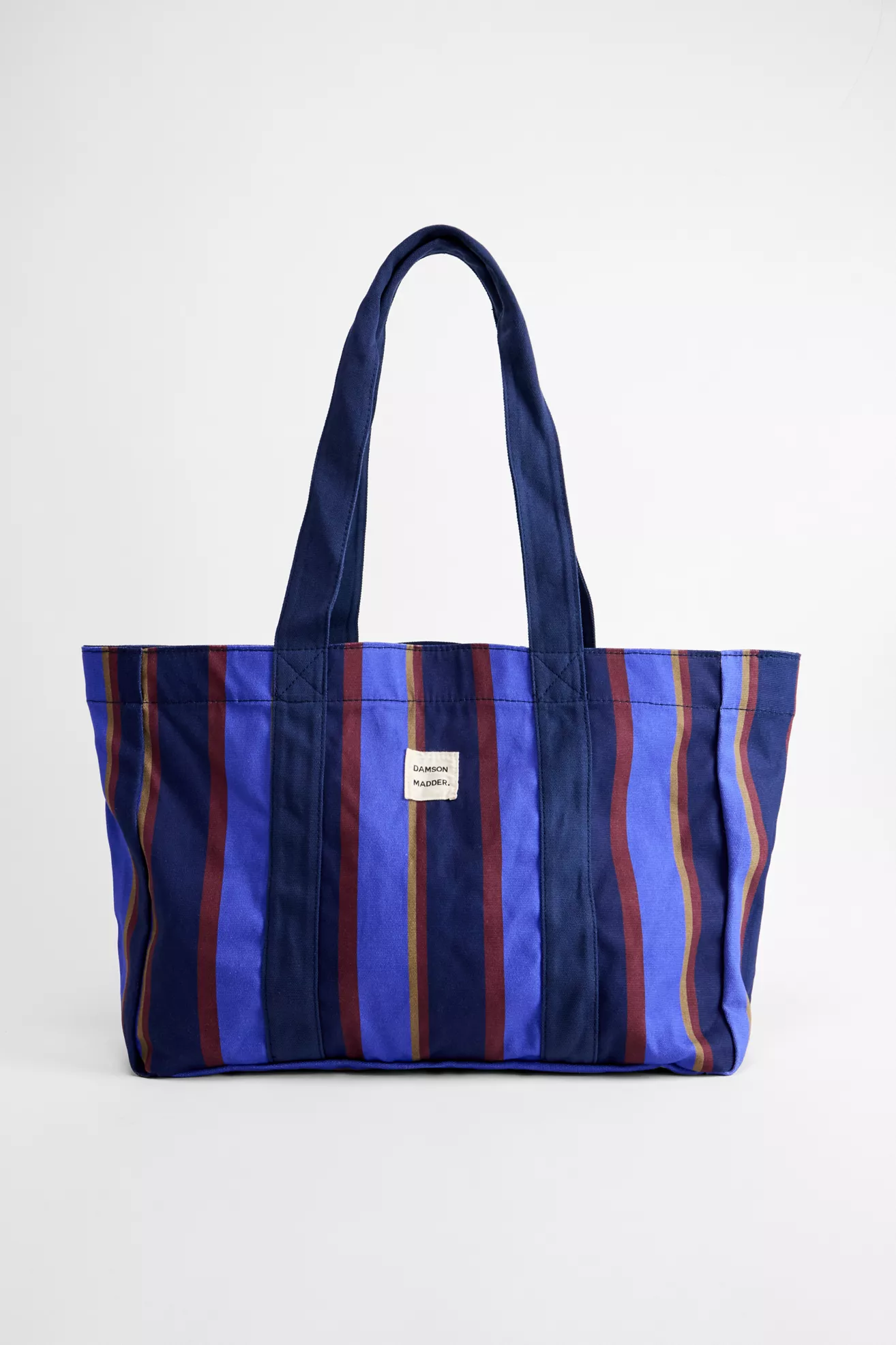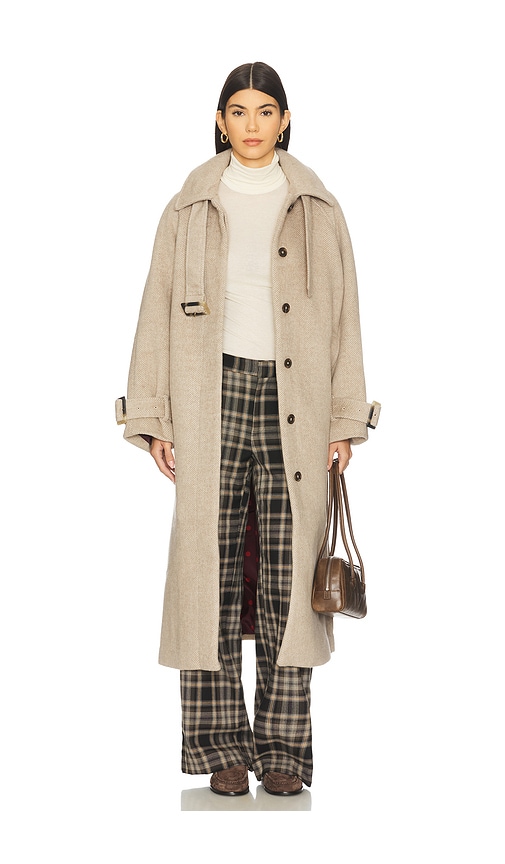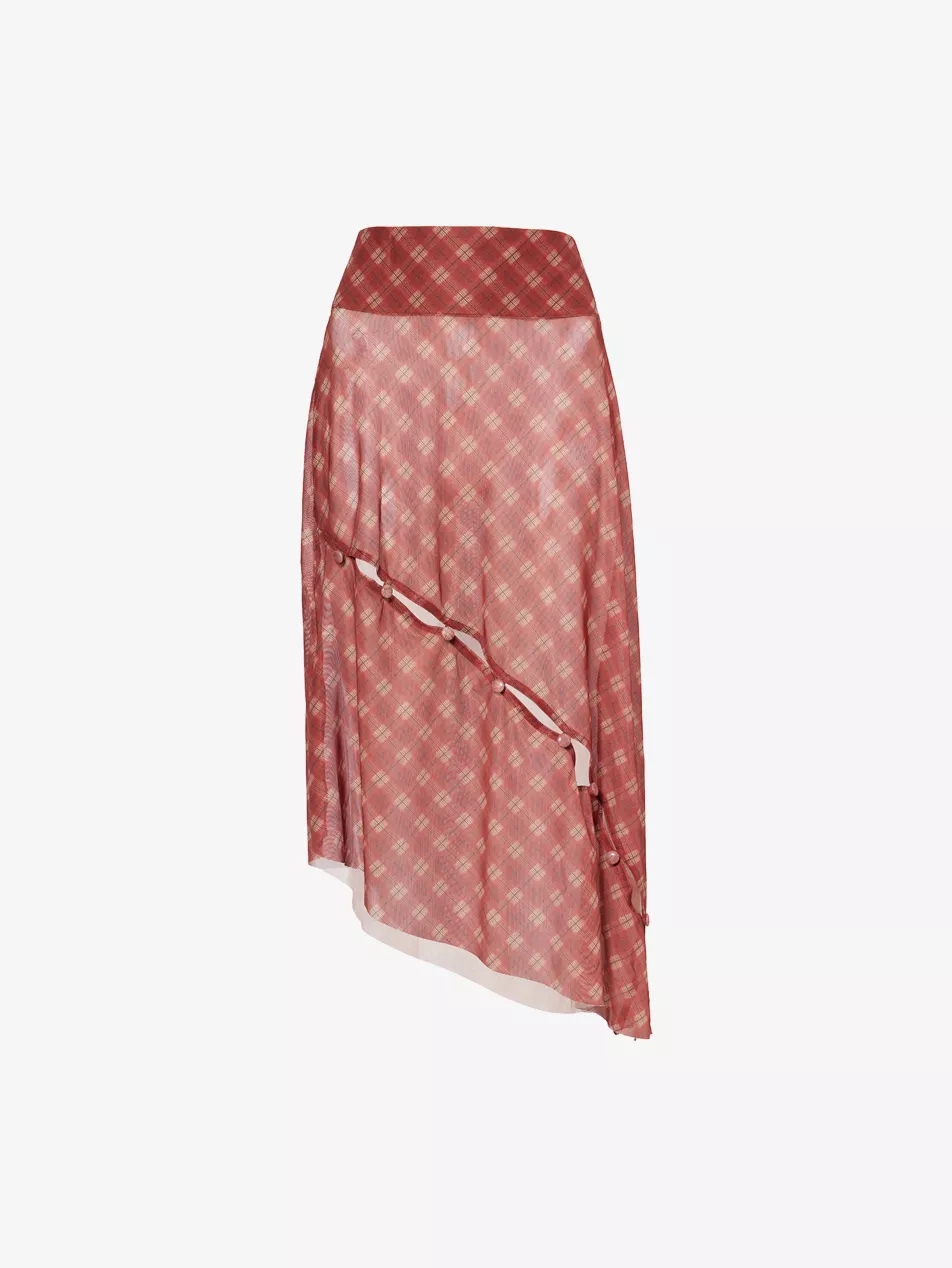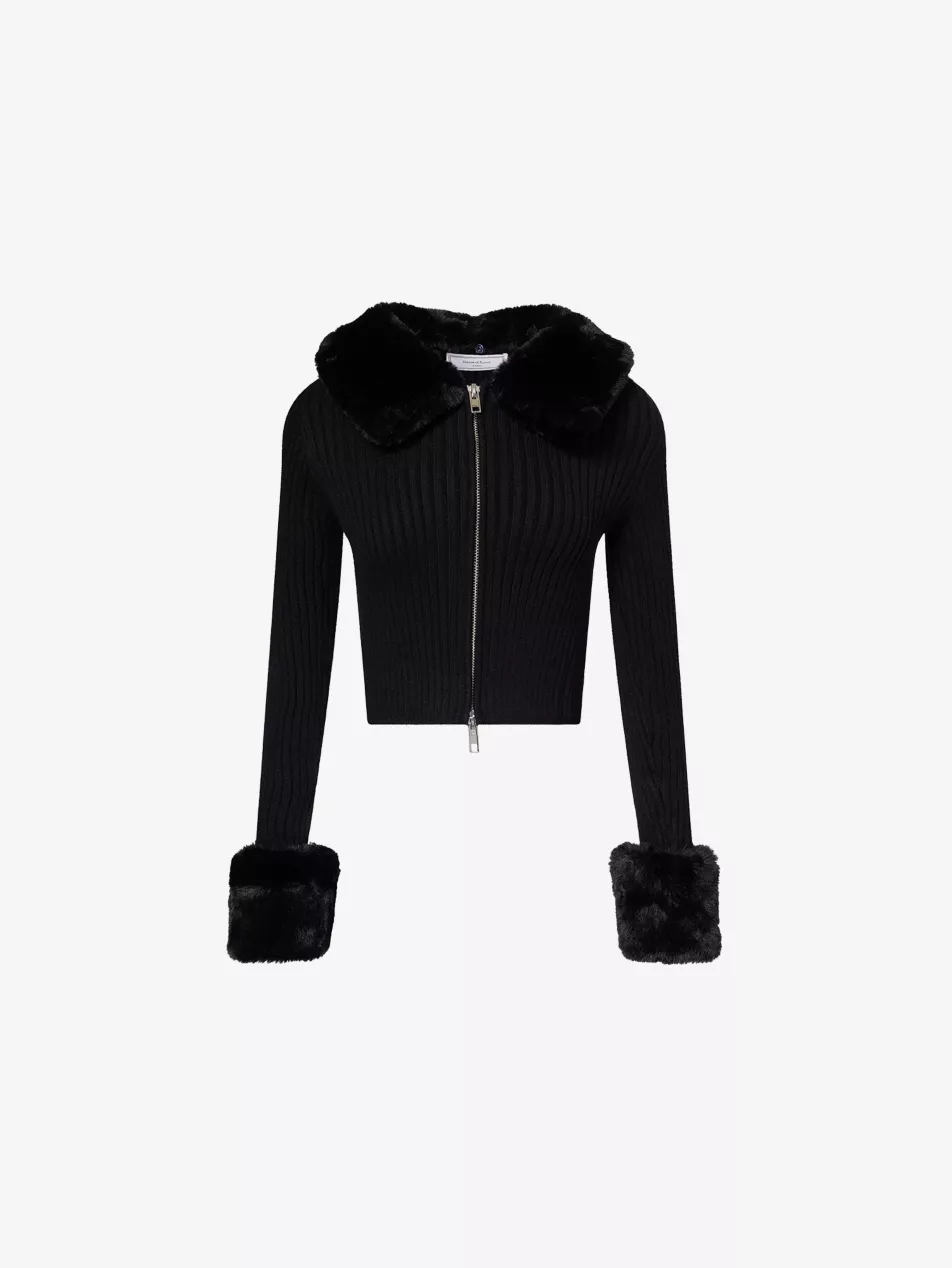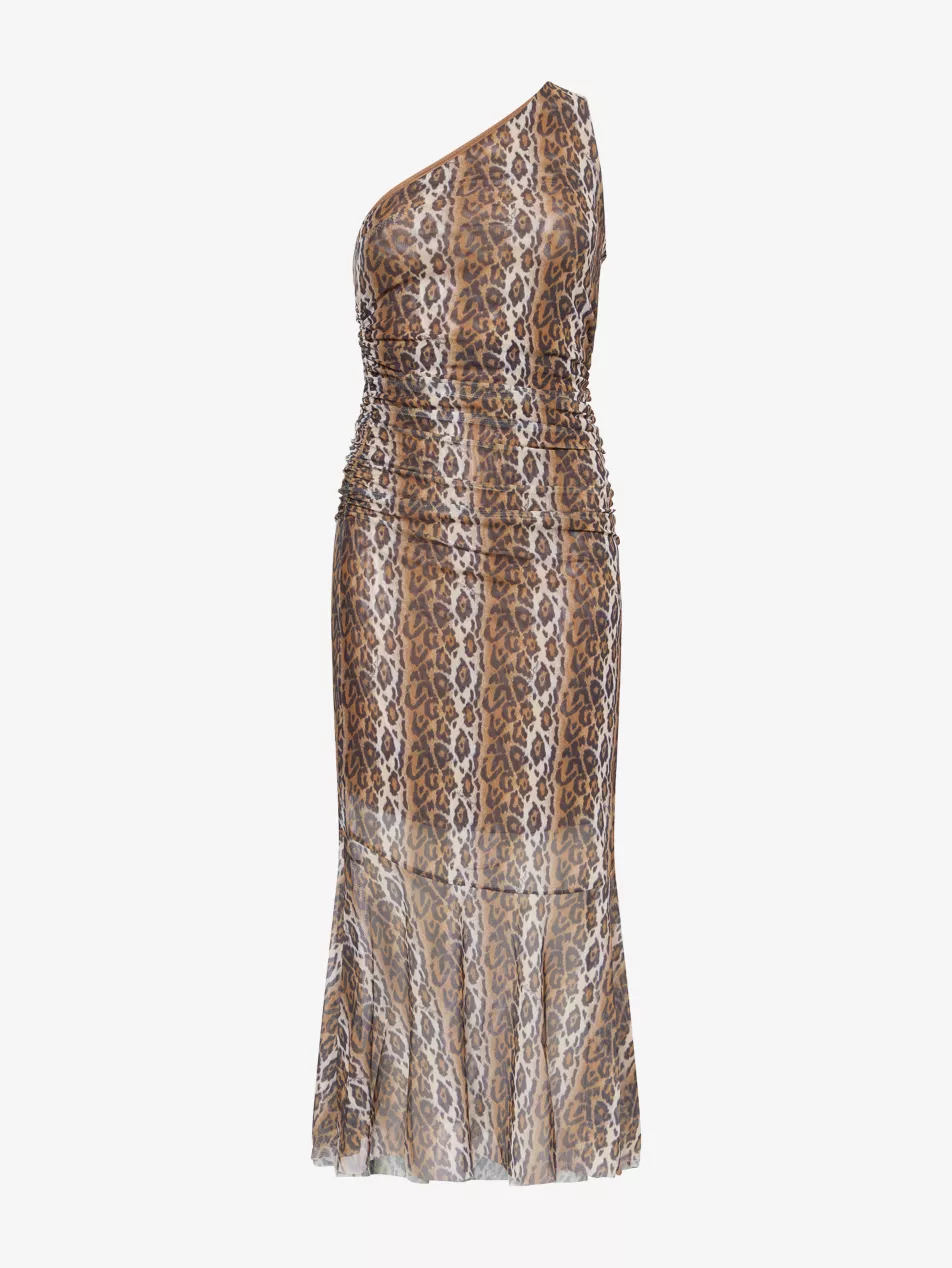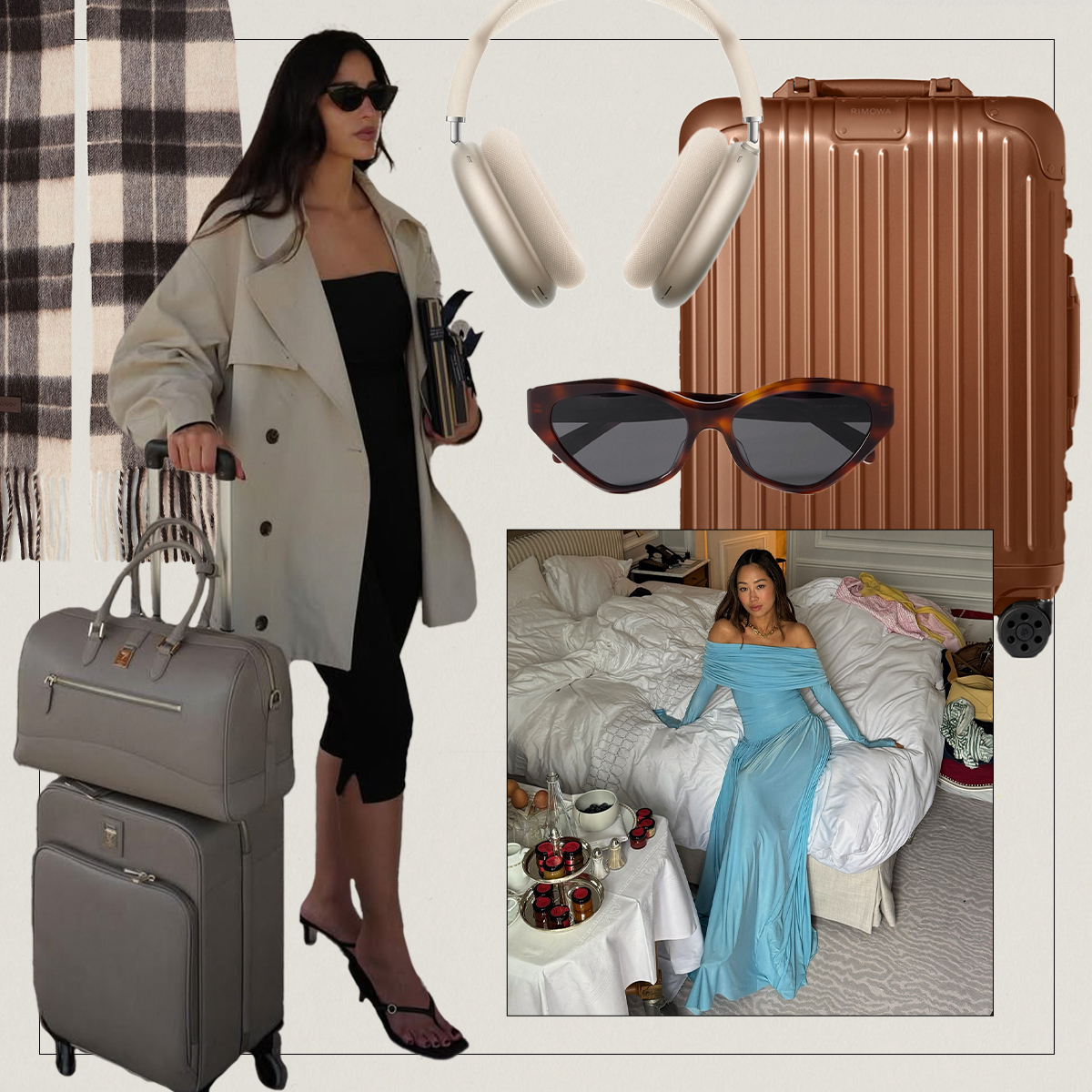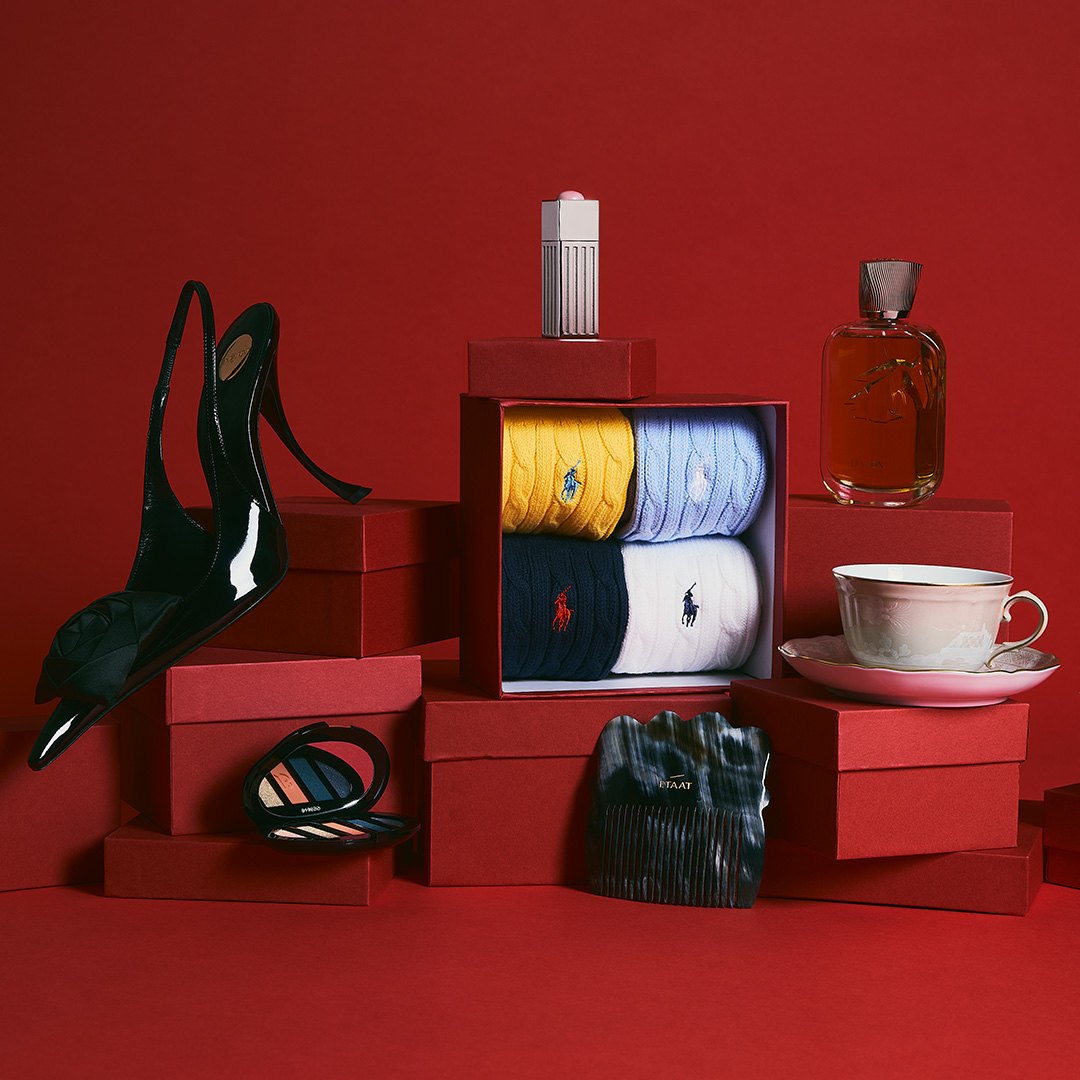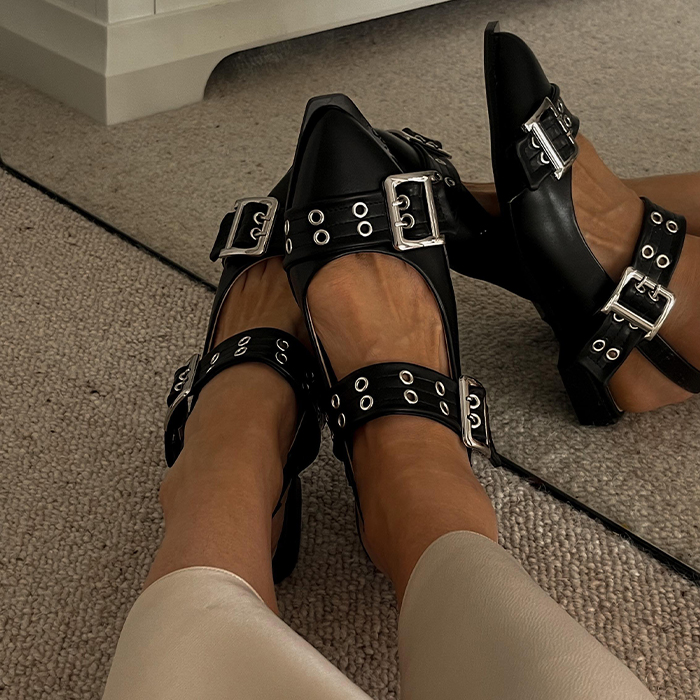Trust Me: These 7 "Alternative" High-Street Brands Are the Ones to Know Right Now
In the last decade, a new wave of brands has made their play for the title of alternative high-street hero. Here, we take a closer look at the ones to know.
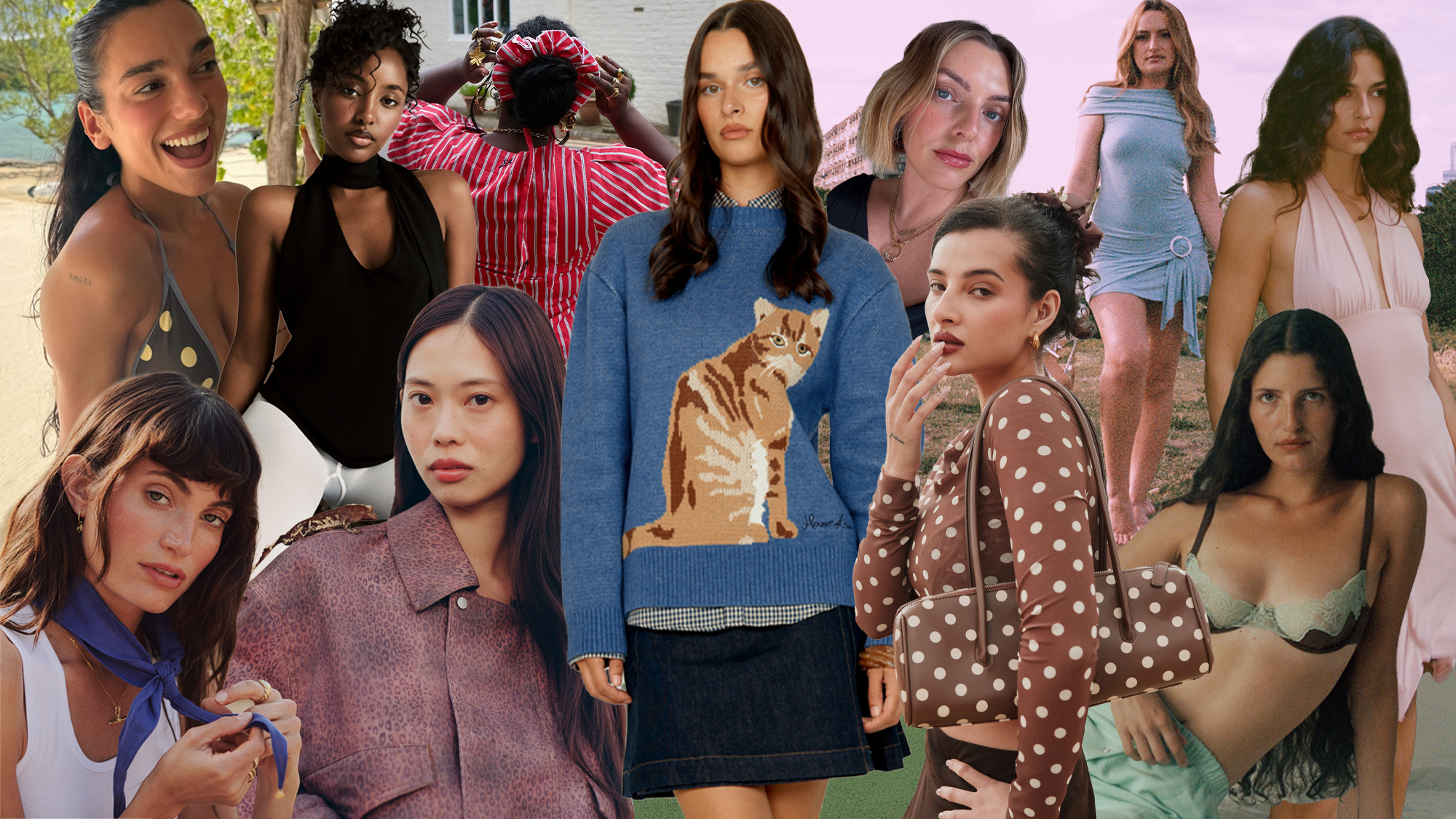
As we all know, high-street shopping is not what it used to be. Gone are the days when you would spend whole Saturdays browsing in your local town centre—we now have next-day delivery (praise be), postal returns and more choice than ever before. What’s more, the way we shop has changed. Secondhand platforms are bigger than ever, and purchasing from smaller, more independent brands is far easier than it was 10 years ago.
One of the many reasons I personally love the internet (and admittedly the list is endless) is that the options to shop affordably now far outweigh the selection we had to choose from in the past. Whilst these brands are far from failing, and have a viable place in many capsule wardrobes, the "alt high street" brands, as I like to think of them, nurture authenticity and community in a way that bigger, global brands simply can't.
Attracting a younger demographic that is often described as "chronically online", it makes sense that we're starting to shop that way. To put it in a cutesy way, we are scrolling as opposed to strolling. This means that choosing to shop smaller far surpasses the need to consume, and often even trends; it’s more about the alliance of values and taste. And whilst these independent labels offer different things, they have many things in common. As mentioned, they all started online (usually on Instagram), are often run by women and create collections in limited batches as a way to avoid overproduction. Many of them share the same timeline, too, beginning their story during the coronavirus pandemic.
Perhaps this is, in some way, why social media and a digital presence are such an intrinsic part of these brands' blood. As With Jéan co-founder Evangeline Titilas says of starting the label, "The online world is at the heart of With Jéan. We were born as a digital-first brand, and our community has grown globally through social media. It’s where we connect with our customers and tell stories beyond just the clothes. Our customers don’t just buy into the product; they’re part of the culture we’re building. Trends move fast online, and whilst we stay inspired by them, we always reimagine them in our own world so that every collection feels relevant but never disposable."
Despite these brands producing collections that are trending—it's clear that many are generally inspired by the Y2K comeback and silhouettes from the '90s, for example—their own design DNA is consistent and everlasting. For example, you can pair a Peachy Den skirt from this season with a top from two years ago, and it will feel part of the same uniform. The same can be said for any of the brands in this list. However, it can't always be said for large-scale high-street stores, which follow mass demand and don't have a specific aesthetic or style persona, per se.
As an early adopter, follower and customer of these brands, I couldn't wait for the opportunity to convince you that you should have these names on your radar. So without further ado, I give you the seven "alternative" high-street brands to know.
The 7 Alt High-Street Brands to Know
1. Peachy Den
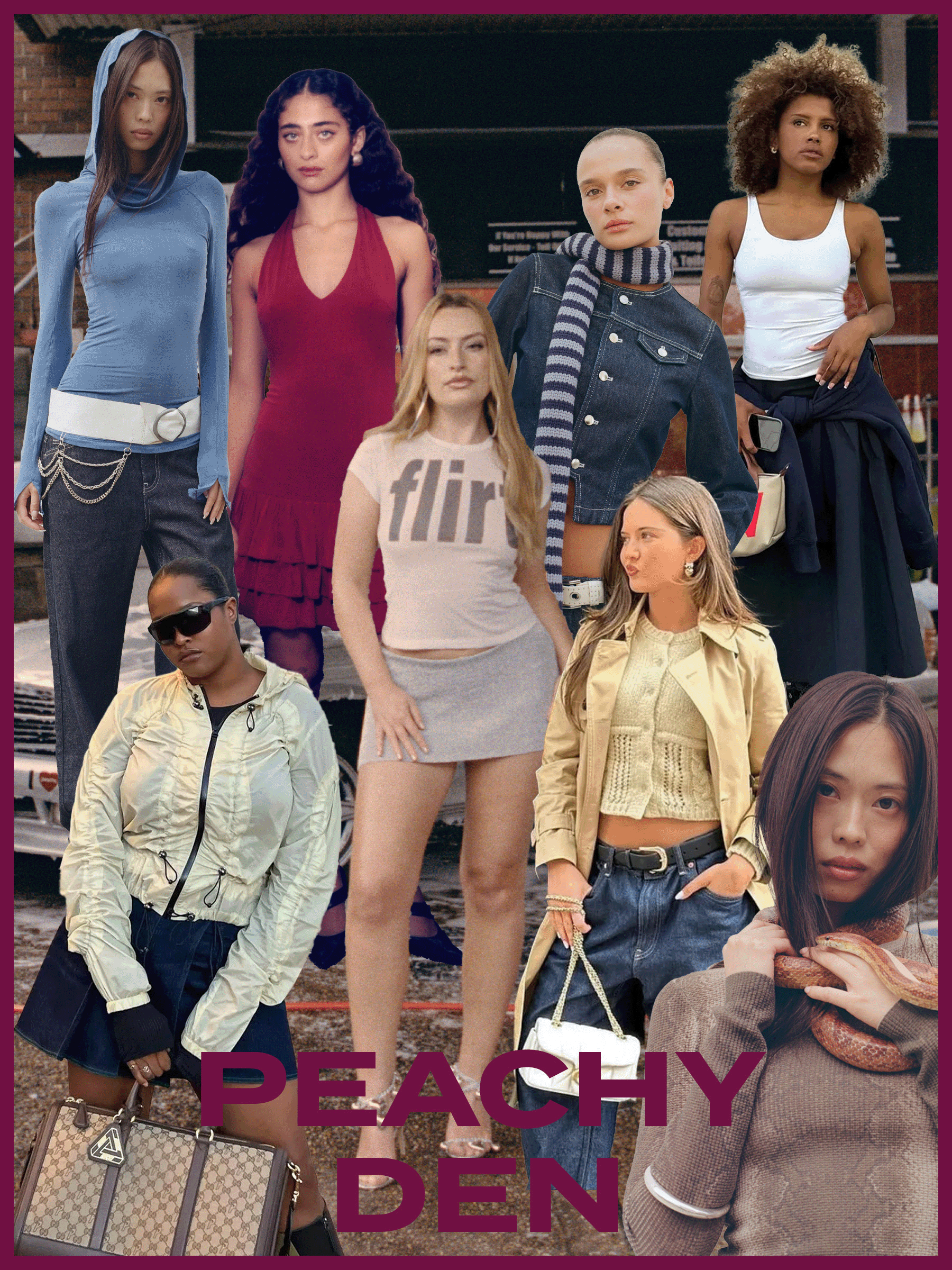
Style Notes: Considering Peachy Den has transformed from what was an IYKYK label worn by, well, those in the know, to the global cult favourite it is today, it’s hard to believe it all began in just 2019. Founded by Isabella Weatherby, Peachy Den, or simply "Peachy" as we like to call it, seeks to channel the irreverence and energy of Brit-girl style. Fusing functionality with cute, flirtatious cuts, Peachy toes the line between sporty and sexy and feels wholly reminiscent of the '00s.
Like most independent brands, community and inclusivity are at the core of the Peachy Den business model. It regularly hosts pop-ups and "open-door" events, collaborates with bigger brands such as Adidas and has even delved into the grassroots football scene with Peachy FC. Its campaigns are always a moment and feature a "Peachy muse". Previous names include Olivia Neil, Deba Hekmat and, of course, Amelia Dimoldenberg, who all channel the same effortless cool as the Peachy Den customer.
SHOP PEACHY DEN:
2. Fruity Booty
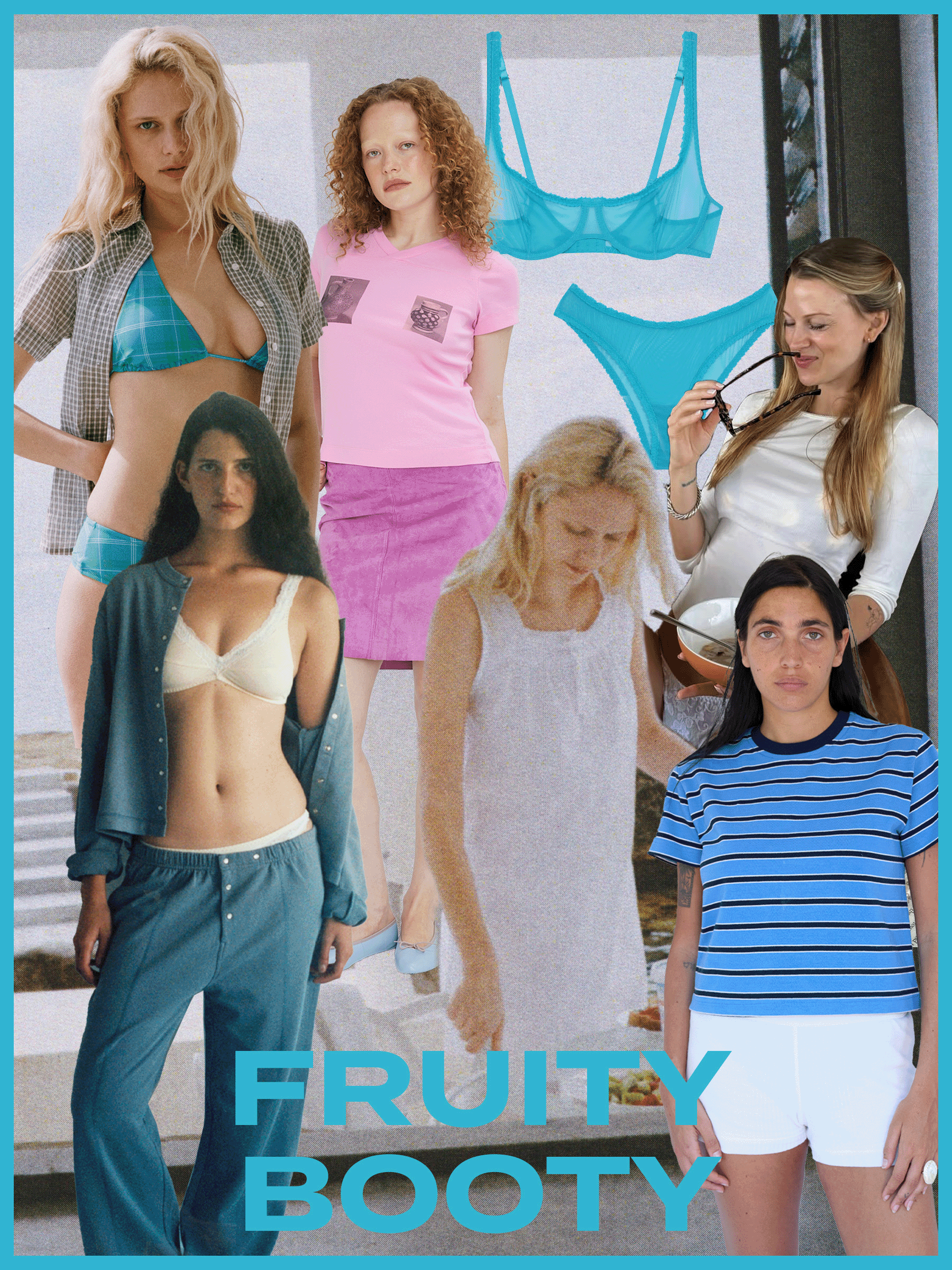
Style Notes: The alternative high street doesn't just cover clothing, but underwear, too. Because if we care about quality and individuality in what we wear on the outside, why not what’s underneath, too? When it comes to lingerie, Fruity Booty is the brand designed by women, for women, and is definitely one to know. Coming in sizes XS to 2XL and delivering on the three Cs—comfortable, cool and colourful—Fruity Booty looks to deadstock for inspiration to create underwear, swimwear and loungewear essentials.
Its aesthetic, as co-founder Hattie Tennant puts it, is "playful and nostalgic", and the aim is to "nod to the past but always feel fresh" whilst curating a "balance of comfort and femininity, and of course, always keep it vibrant." Think mesh bras with soft cups and lace trims, gingham and check prints, a candy-hued colour palette, sheer panels and embroidered details. The elements are romantic and sexy without trying to be, and merge clothing and underwear, often worn to be seen, not hidden.
SHOP FRUITY BOOTY:
3. With Jéan
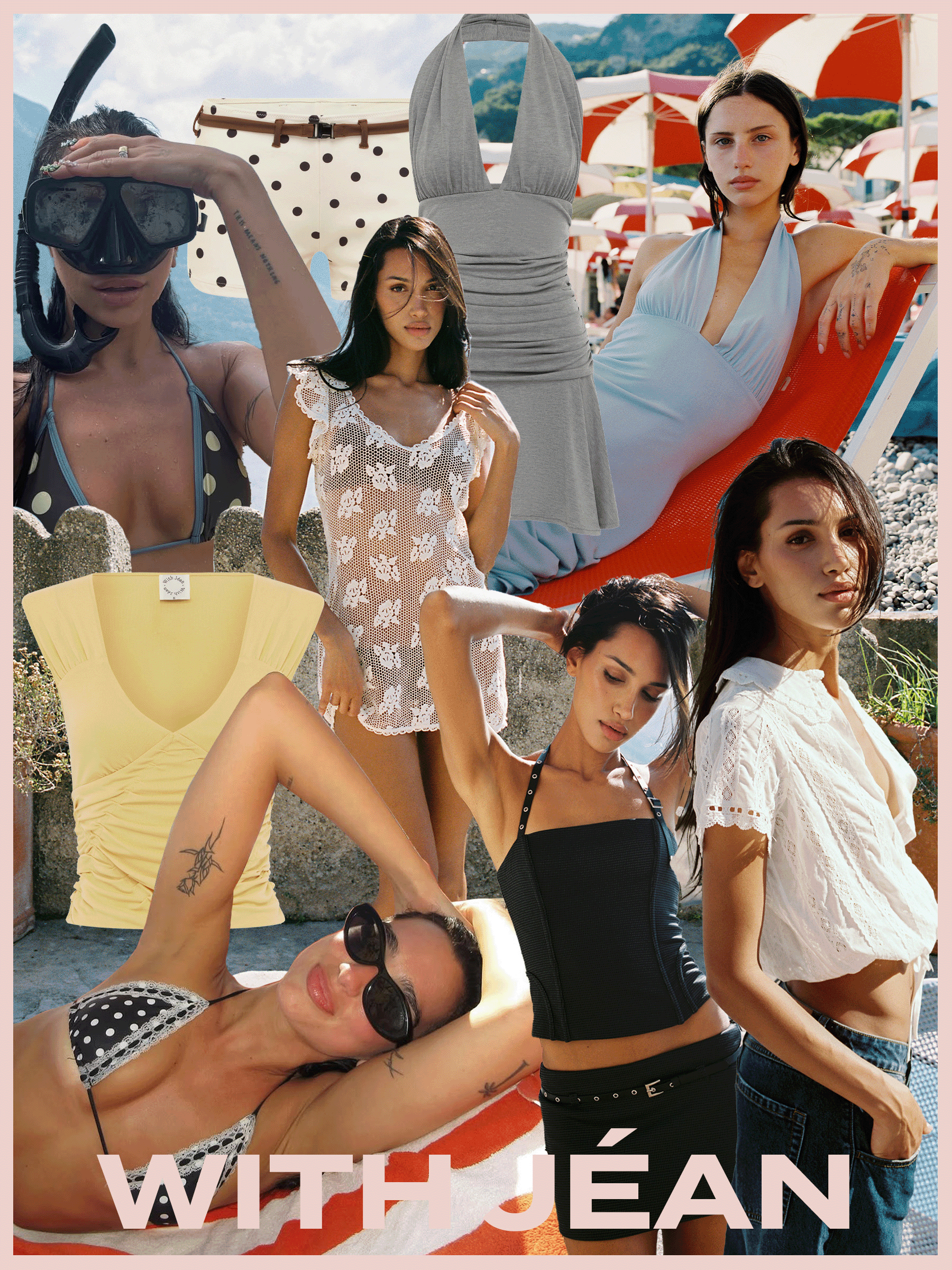
Style Notes: Founded by best-friend duo Sami Lorking-Tanner and Evangeline Titilas in 2017, With Jéan is the Australian brand that encapsulates a summer mood all year long. From its earliest drops, the brand has offered what many are craving: elevated basics that feel distinct without being overdone; essentials you want to live in but that also tell a story. When it comes to the design process, the pair tell me, "Storytelling is a huge part of it; every collection has to capture a mood or a moment that feels emotional. We like designing pieces that stand out without trying too hard—effortless, a little nostalgic and the kind you’ll keep forever."
From its button-adorned bikinis worn by Dua Lipa to its crochet two-piece that was an influencer-favourite, it has enjoyed viral success and sell-out collections, but continues to create in small, limited runs to ensure each piece is made consciously and carefully. Despite its Aussie roots, the brand has a flagship store in New York City and a definitive "Euro-Girl Summer" aesthetic. Key signifiers include white cotton broderie minidresses and ruffled and scalloped hemlines, but paired with its halterneck cuts, draped and ruched jersey fabrics and sporty pinstripe tailored sets, it feels just as contemporary and casual as it does pretty and romantic.
SHOP WITH JÉAN:
4. Daisy London
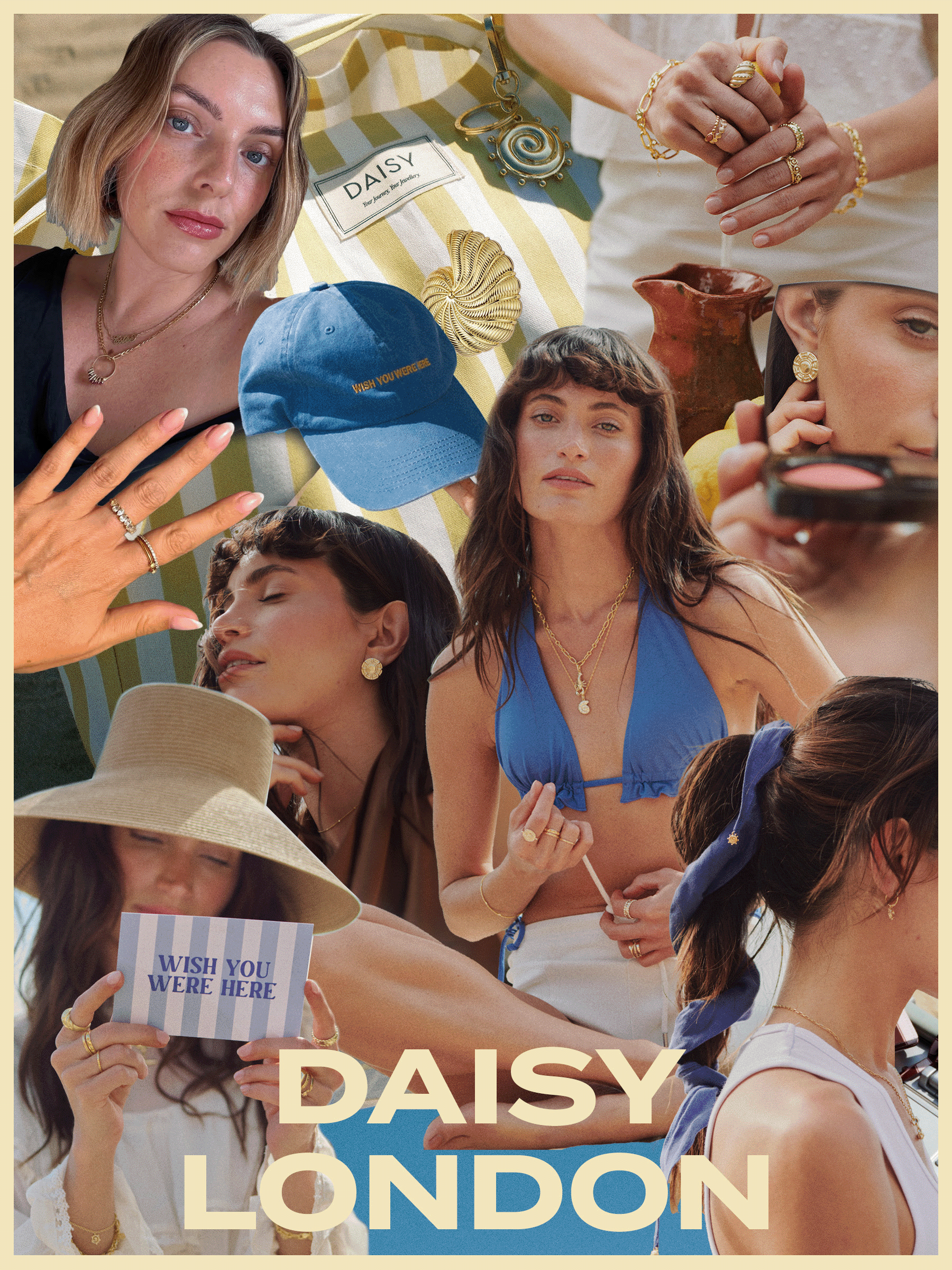
Style Notes: There are many smaller jewellery brands out there, but none do community quite like Daisy London. Co-founder and creative director Ruth Bewsey has consistently delivered collaborations with style insiders and designers since its inception in 2009, and this will only continue in 2026. “Community has always been at the heart of Daisy, and next year it’s only going to grow stronger. This year, we’ve been popping up all over London, the States and Europe, connecting with our community and sharing stories," says Bewsey.
From luxury designer Shrimps to homeware brand Colours of Arley, as well as singer Beka and influencer Estée Lalonde, Daisy London has collaborated with tastemakers to create sell-out fine jewellery collections, along with special editions of its iconic colourful jewellery boxes. The Daisy London offering is wearable and versatile, but also a little bohemian—it channels that L.A. cool with the timeless chicness that you associate with Parisiennes. Bewsey described the Daisy customer as "a free spirit who finds meaning in what they wear, [and wants] jewellery that celebrates both the little moments and the big ones."
SHOP DAISY LONDON:
5. Susamusa
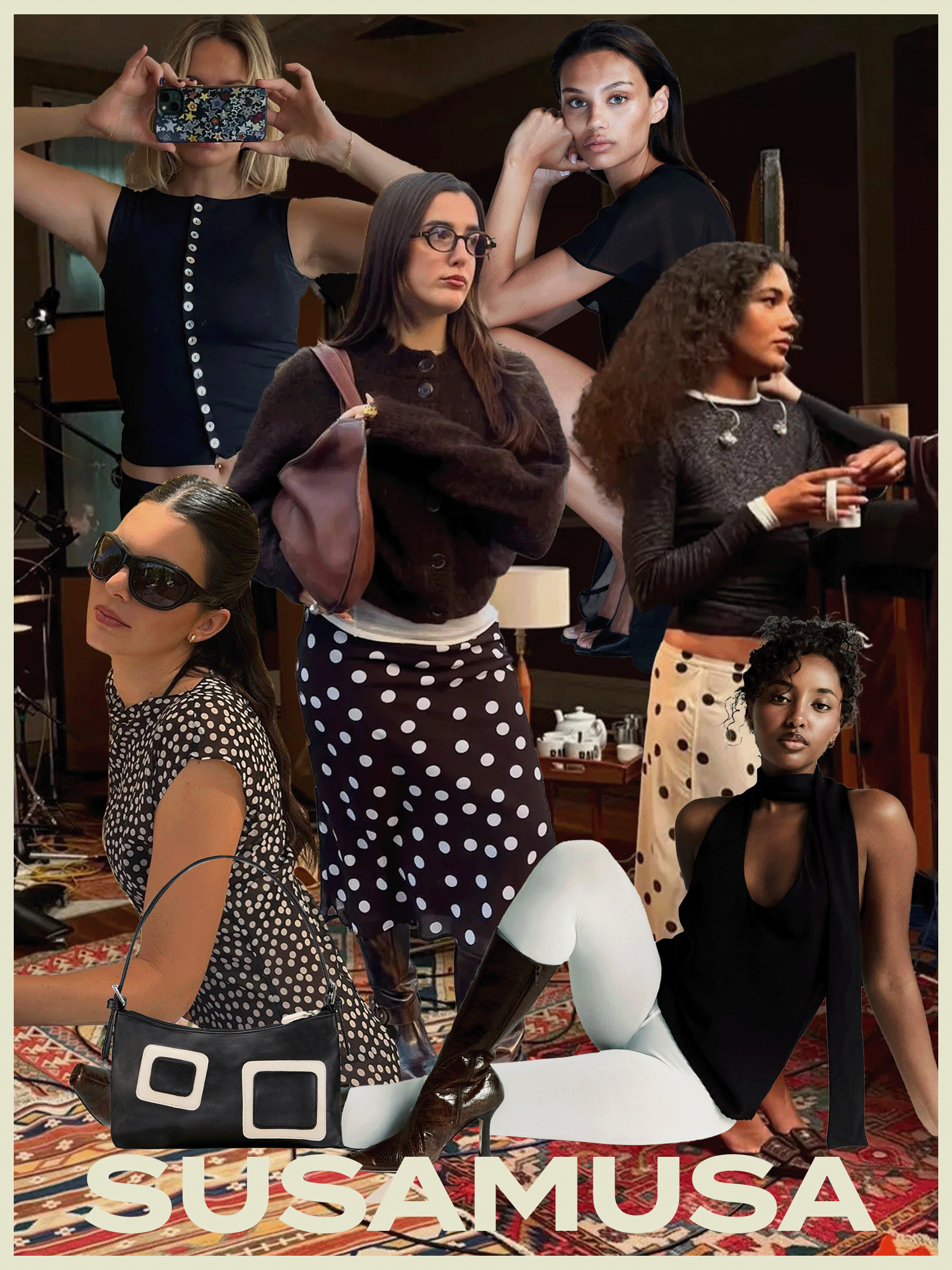
Style Notes: Susamusa, or simply "Susa" as it’s affectionately known, was founded in 2020 by Asal Tehrani. Starting as a Depop store in West London, Susamusa’s '90s-inspired silhouettes quickly snowballed, catching the attention of the likes of Kendall Jenner and Bella Hadid, and becoming a fully established brand as it is today. Drawing on her Persian heritage, as well as her experience sourcing and selling secondhand, Tehrani’s design style is clearly influenced by silhouettes, fabrics and details from the ‘90s and early '00s; think low-slung waistlines, open-shoulder chiffon blouses, tank tops and mother-of-pearl buttons.
Although inspired by vintage cuts, the brand’s loyal fanbase would definitely consider the pieces fundamentally classic and wearable. "I think Susa has garnered its cult appeal from our timeless designs; we don’t follow traditional fashion seasons, which has made us more product-focused, and I think our pieces speak for themselves," Tehrani tells me. Talking of pieces speaking for themselves, anyone with an Instagram account will recognise Susamusa’s bestselling Meadow Skirt: the semi-sheer polka-dot number with frilled edging on the hem, and one of the most-wanted cult pieces of 2025 amongst Gen Z fashion fans. Susamusa’s new collection is set to drop at the end of October, so mark your calendars, people!
SHOP SUSAMUSA:
6. Damson Madder
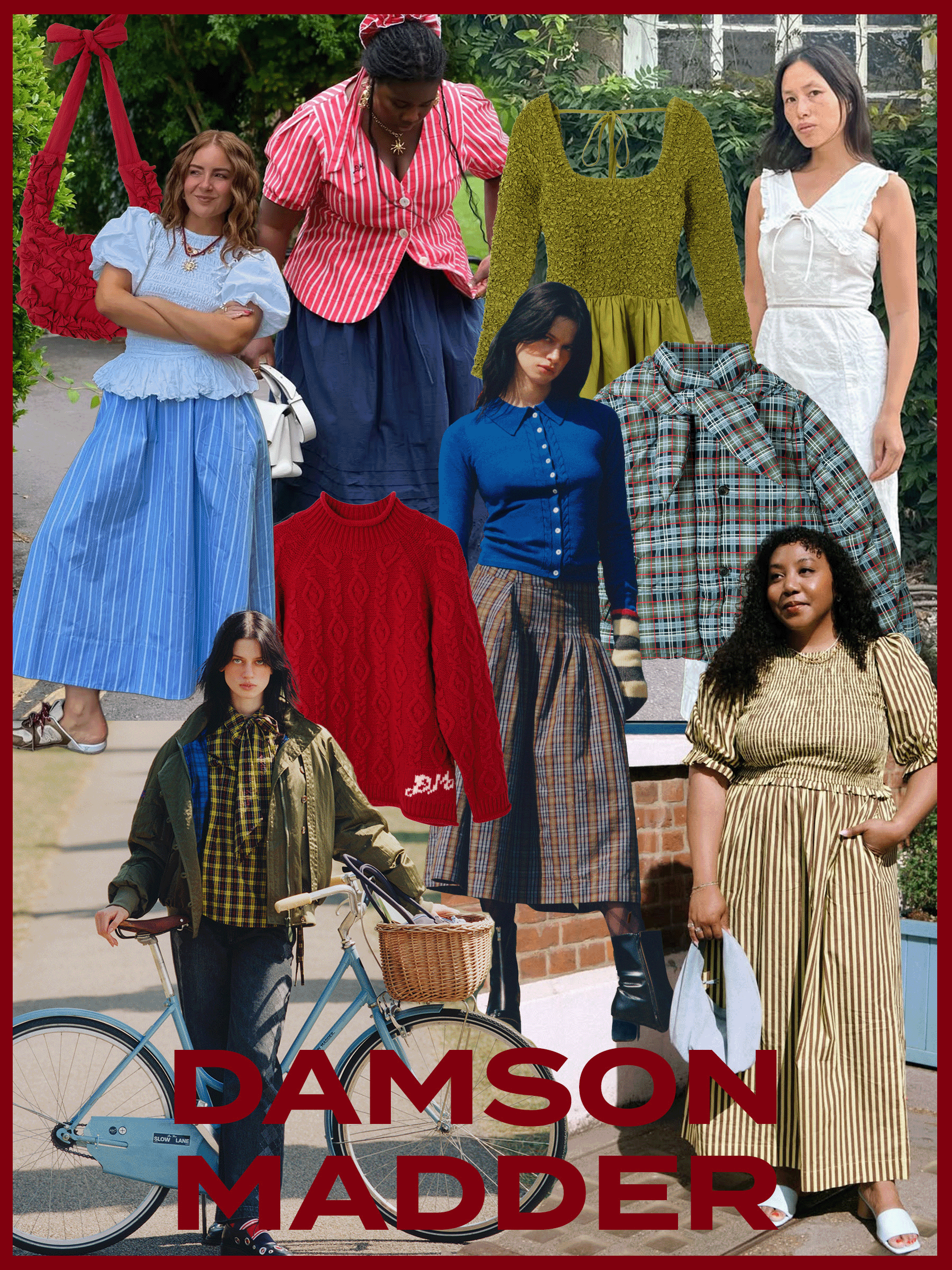
Style Notes: As someone who has worked in fashion for a long time now, it’s hard for me to imagine what the industry would have looked like over the past five years without Damson Madder. This is especially true in London and the Scandinavian countries, where the brand is often seen out and about. In an era of classic, quiet-luxury dressing, Damson Madder creates a different kind of capsule wardrobe, one that is bold, charismatic, colourful and ultimately, fuelled by fun.
Sitting adjacent, aesthetically speaking, to brands like Ganni, Stine Goya and Bimba y Lola, but perhaps more affordable, it has become known for its big, frothy collars, heavily printed denim and frilly accessories. A sort of hybrid between streetwear and vintage kitsch, there's no doubt founder Emma Hill built Damson Madder with comfort and individuality in mind. Better yet, its efforts to design consciously, using Jeanologia EIM (Environmental Impact Measurement software system), working closely with NGOs and utilising recycled and biodegradable fabrics where possible, all help the brand stay true to its motto: "maximum style, minimum impact."
SHOP DAMSON MADDER:
7. House of Sunny
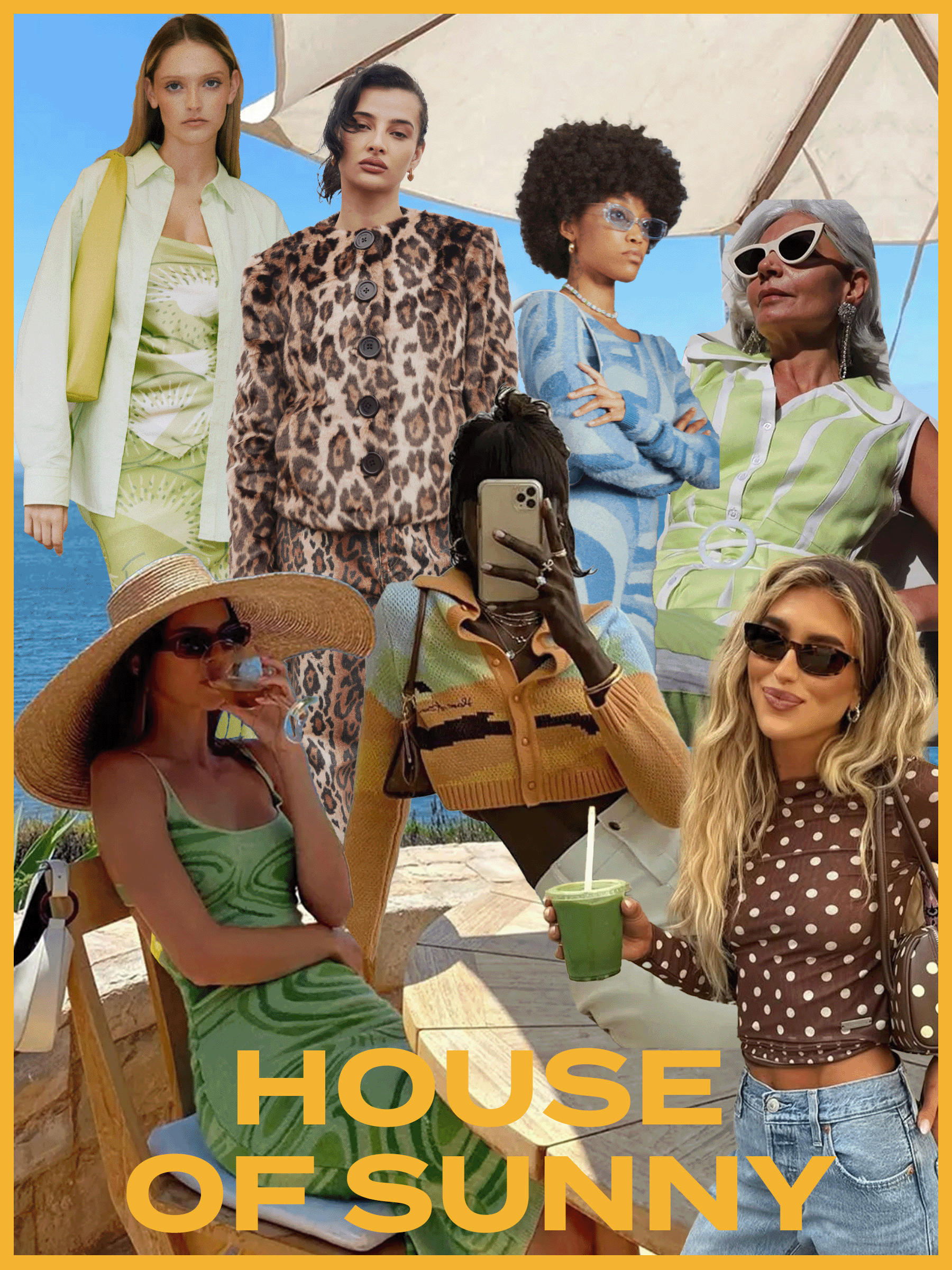
Style Notes: It’d be remiss of me to talk of the alternative high street and not mention House of Sunny. Founded in 2011 by Sunny Williams in East London, House of Sunny is as known for its craftspersonship and credentials as it is for its vibrant designs. Making limited collections that are 100% vegan, with an increasing number of sustainable fibres and materials with each season, House of Sunny is another favourite for those who want to shop consciously. Over the years, the brand has delivered collection after collection filled with items that have garnered cult status, from its leopard-print jeans to its faux fur-trimmed kitschy cardigans and that green Hockney dress.
The House of Sunny aesthetic is distinctive and playful, or as Williams puts it, "original, everyday [and] evocative." It fuses trends, motifs and palettes from the '70s and '90s, such as swirls and animal print, with silhouettes that feel distinctly '00s, to create "story-driven products that spark joy" and combine "wearability with a unique perspective." As such, its daring and joyous designs regularly sell out, flood our feeds and are seen on celebs.
SHOP HOUSE OF SUNNY:
Rebecca Rhys-Evans is a London-based fashion and beauty editor with a decade of editorial experience. She started working at Who What Wear UK in the summer of 2022, where she was hired to lead all branded content for the UK site. Be it styling the latest designer collections, or reviewing the most recent beauty skincare products, Rebecca is the voice (and often face) for Who What Wear UK’s commercial partnerships. A self-confessed internet obsessive, she loves all facets of content creation—be it writing, filming, art directing or styling—and revels in collaborating with brands to help harness their product and tell their story. Before Who What Wear, Rebecca contributed to FLANNELS.com, BURO., Polyester, Screenshot, Marie Claire, Refinery29 and Culture Trip, reporting on everything from internet culture, sustainability and trends.
